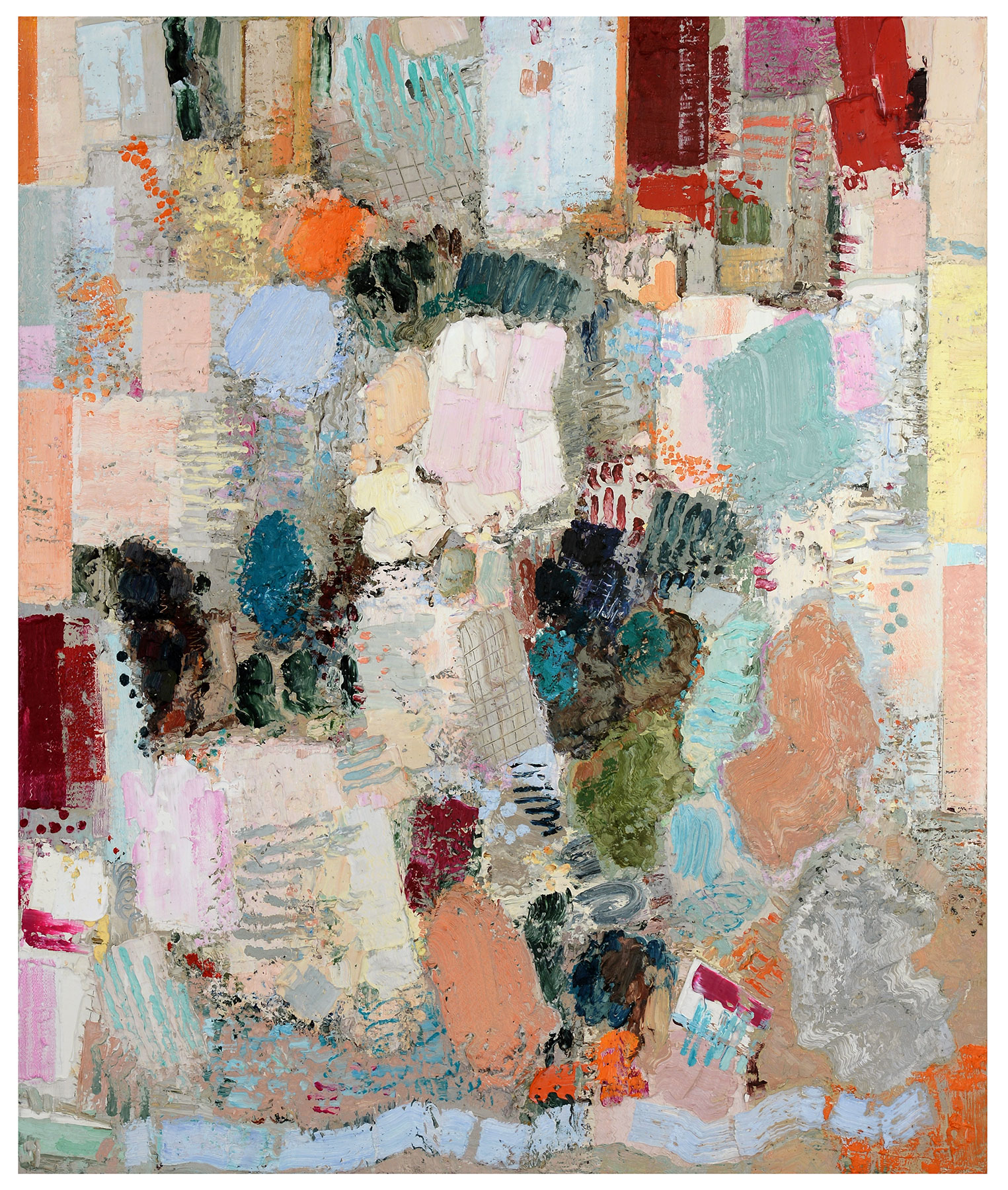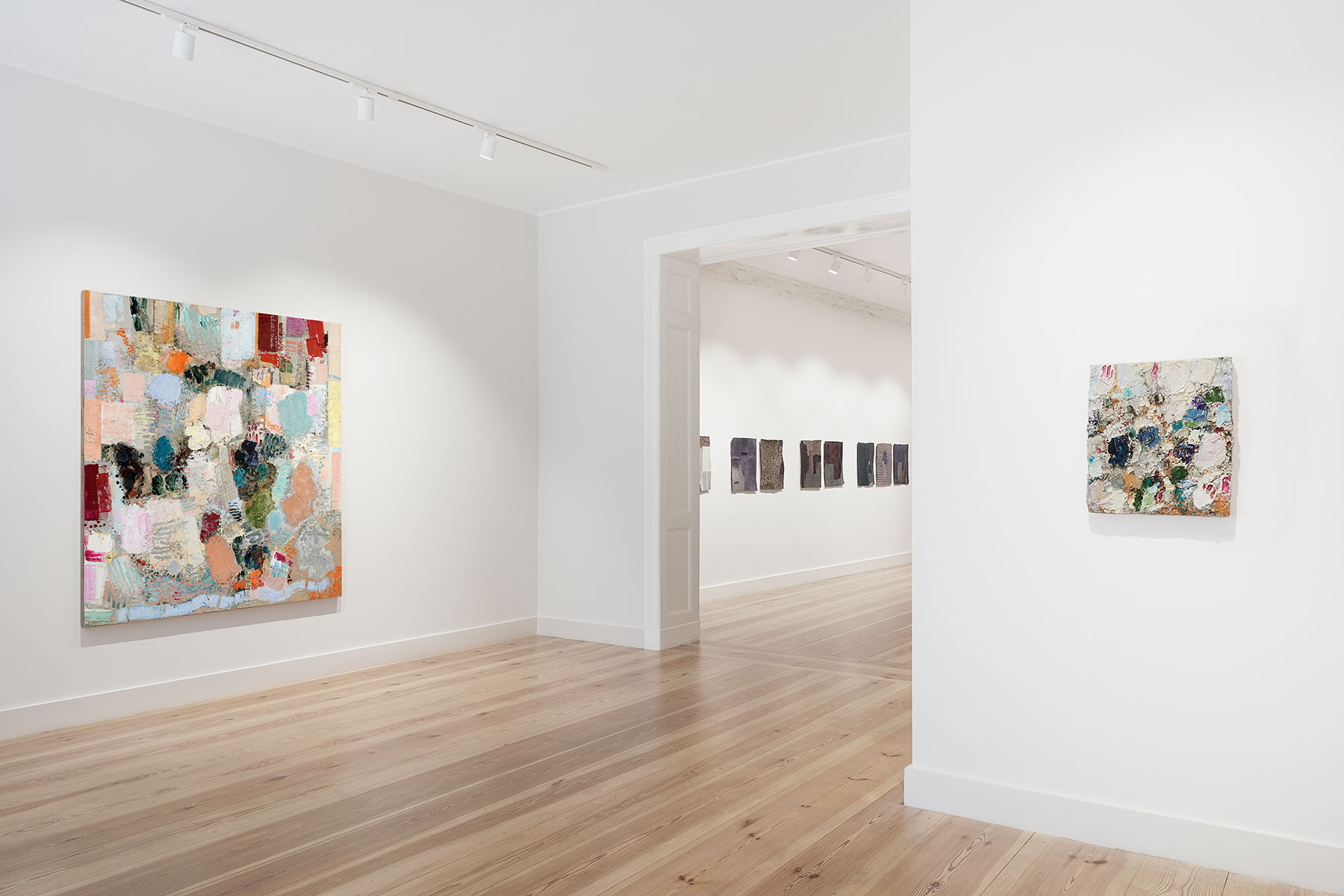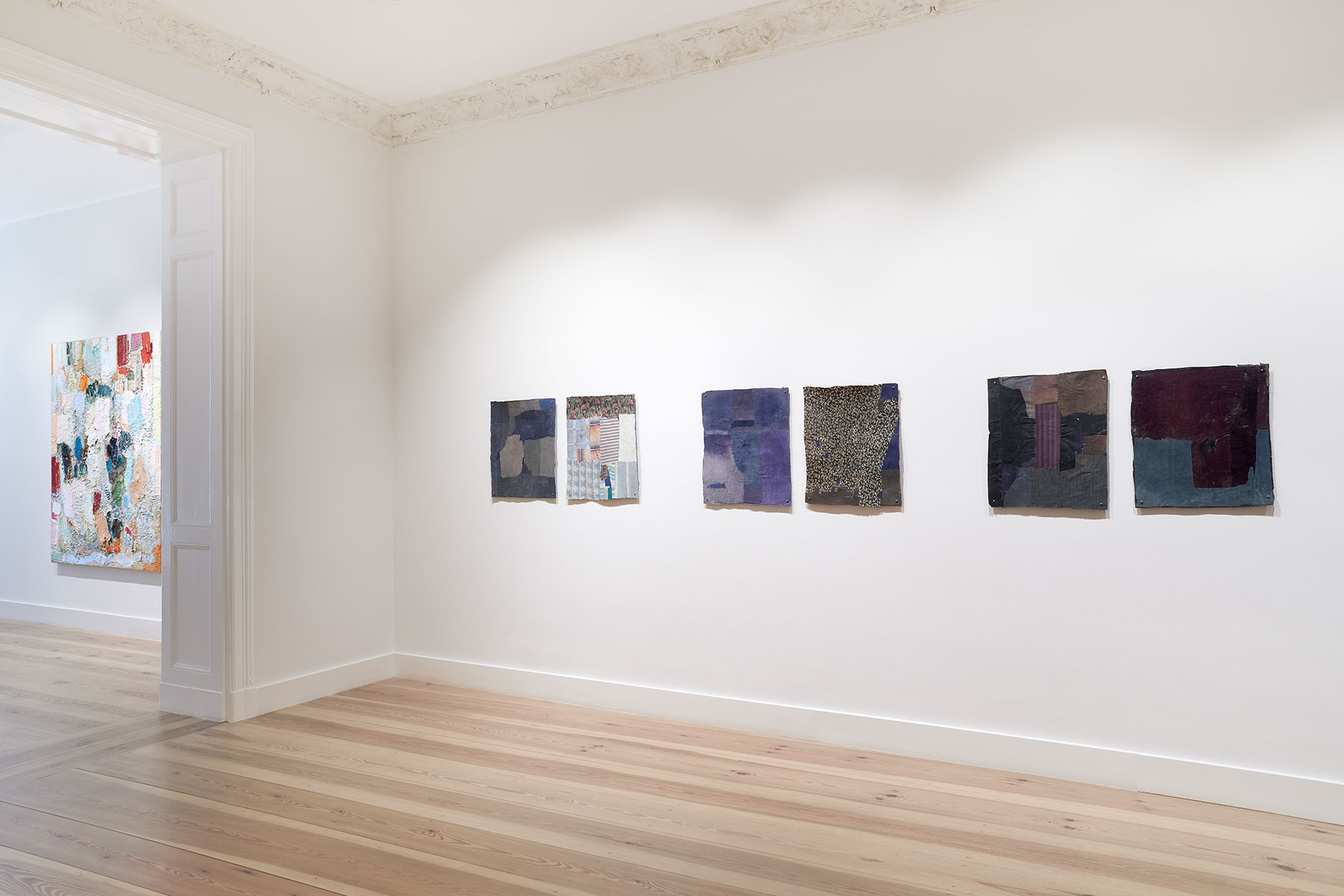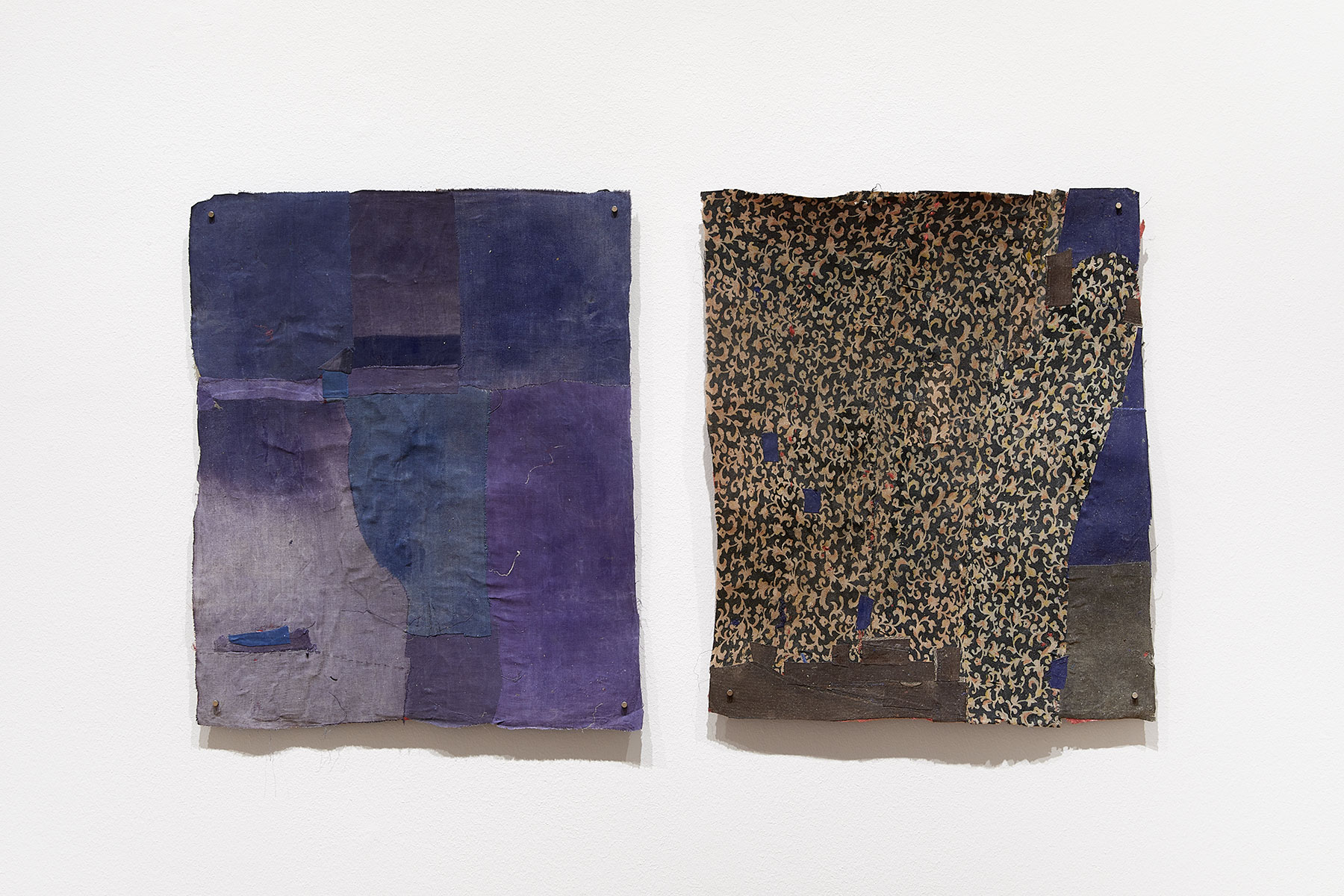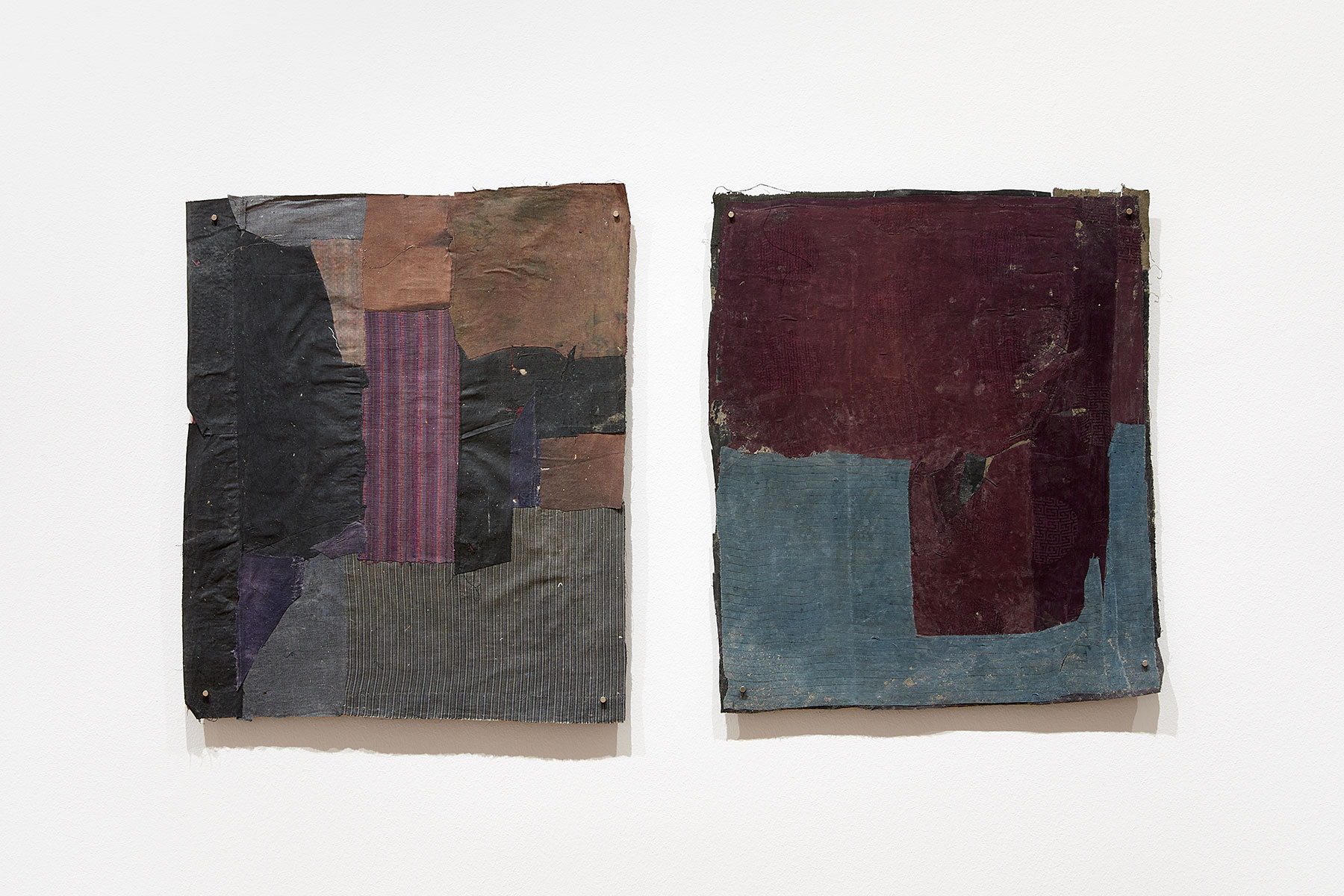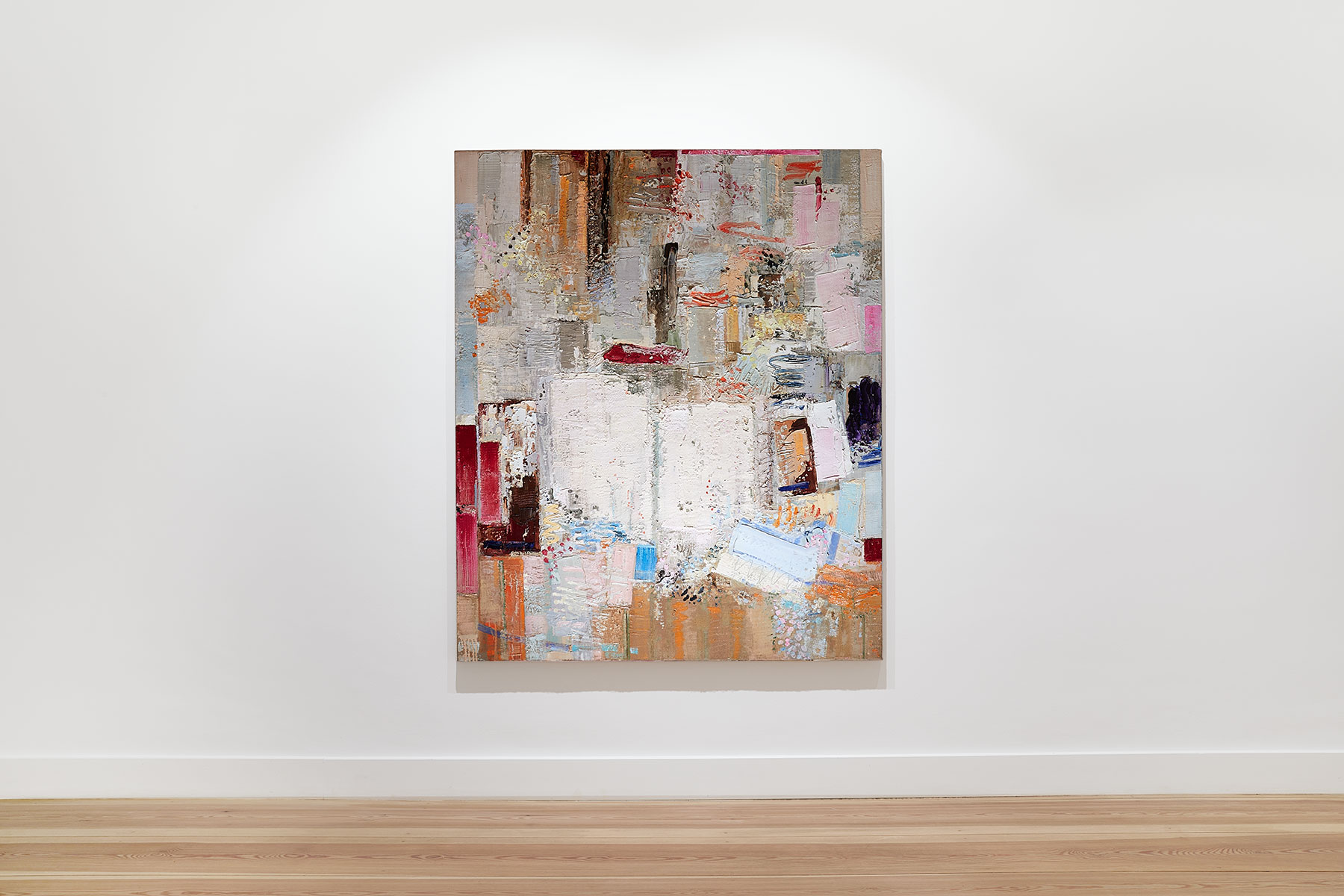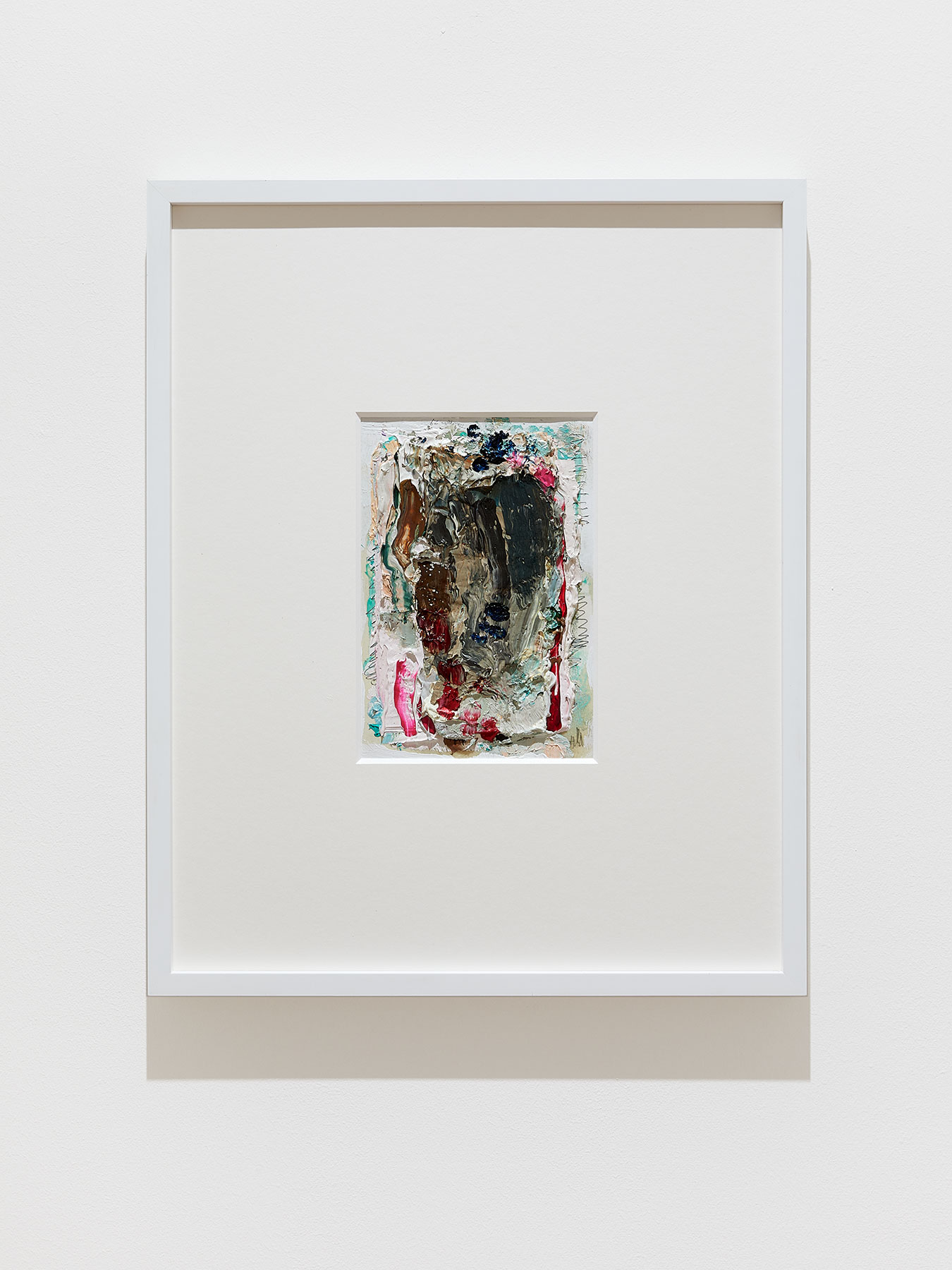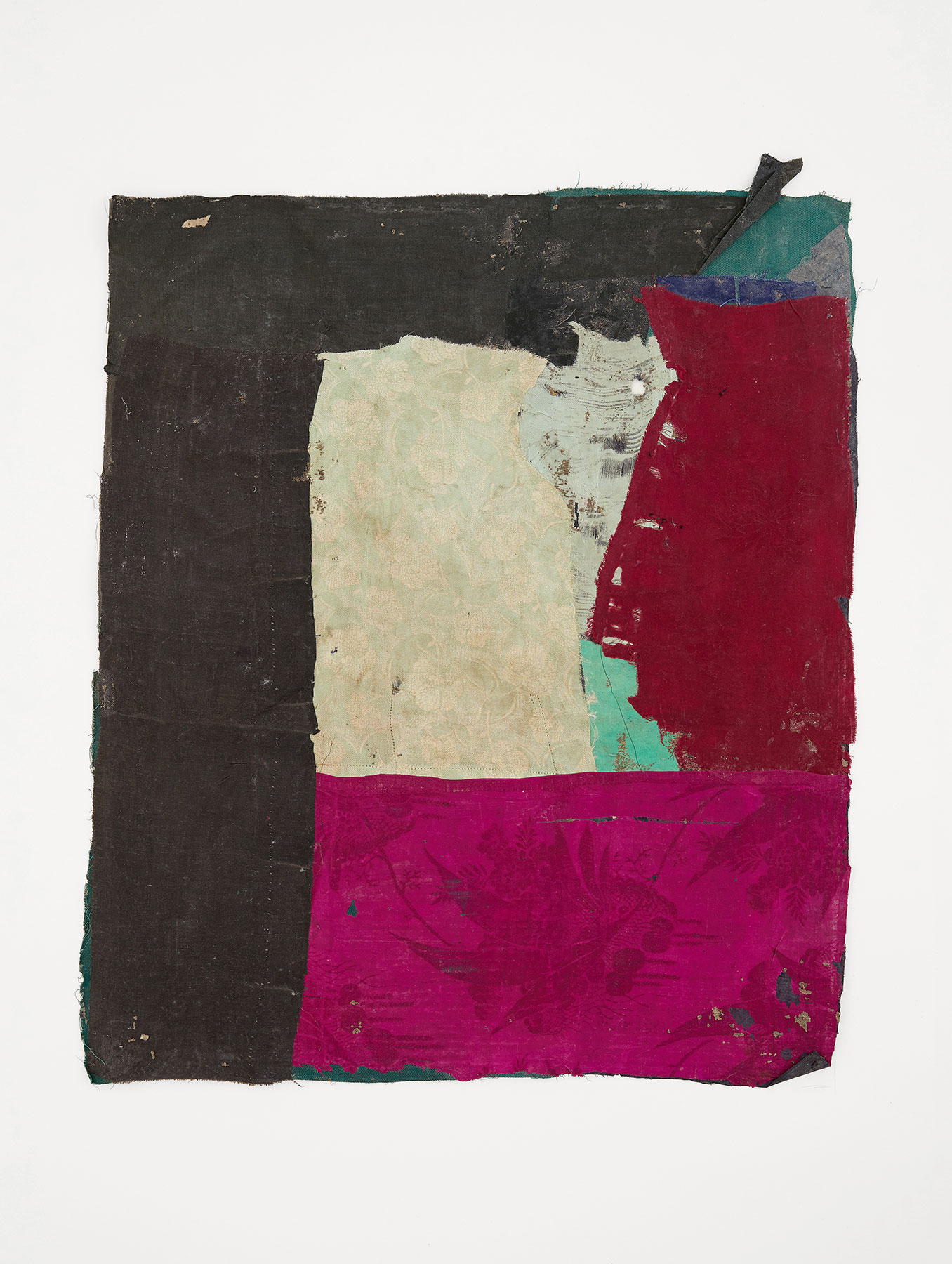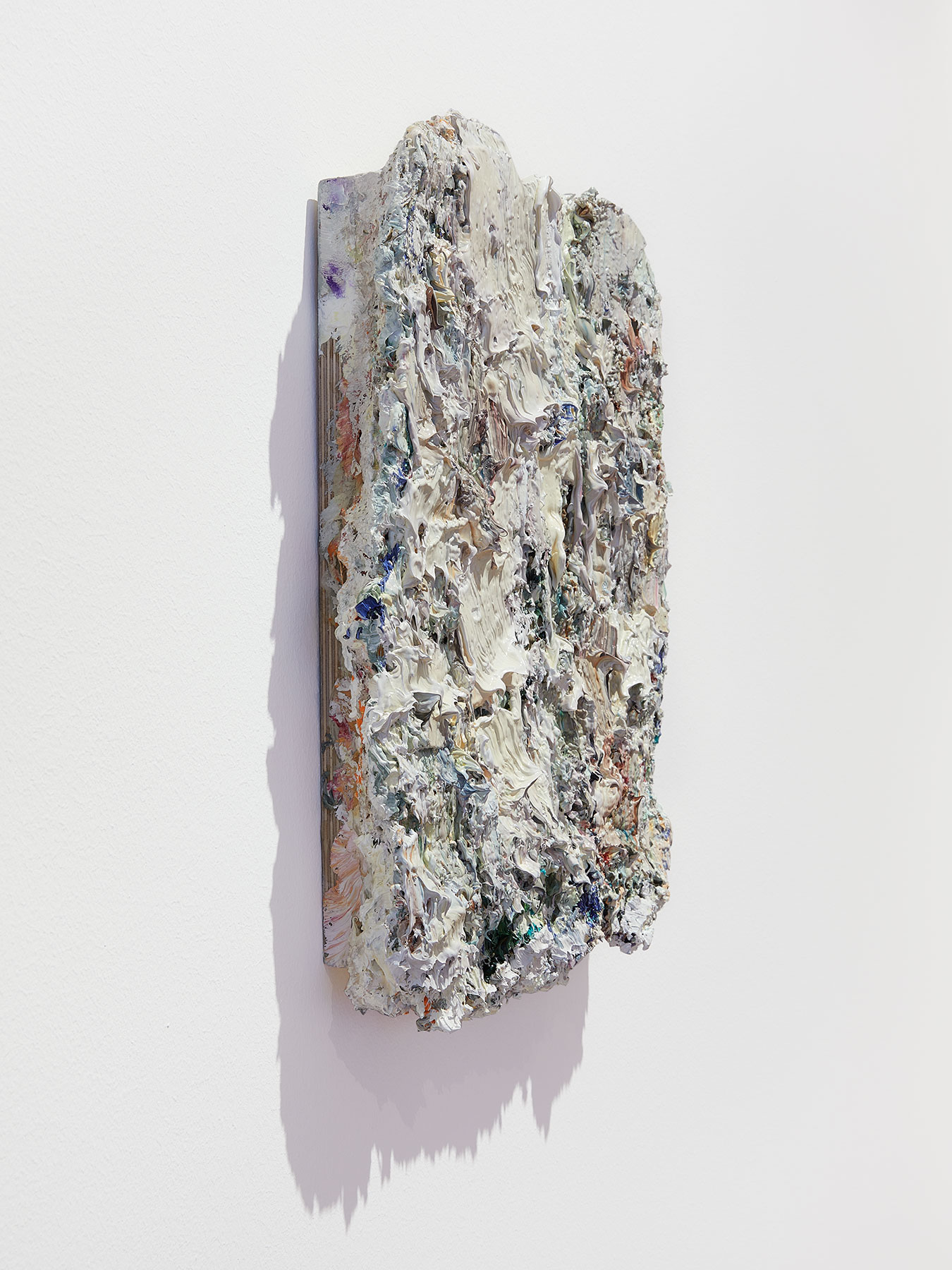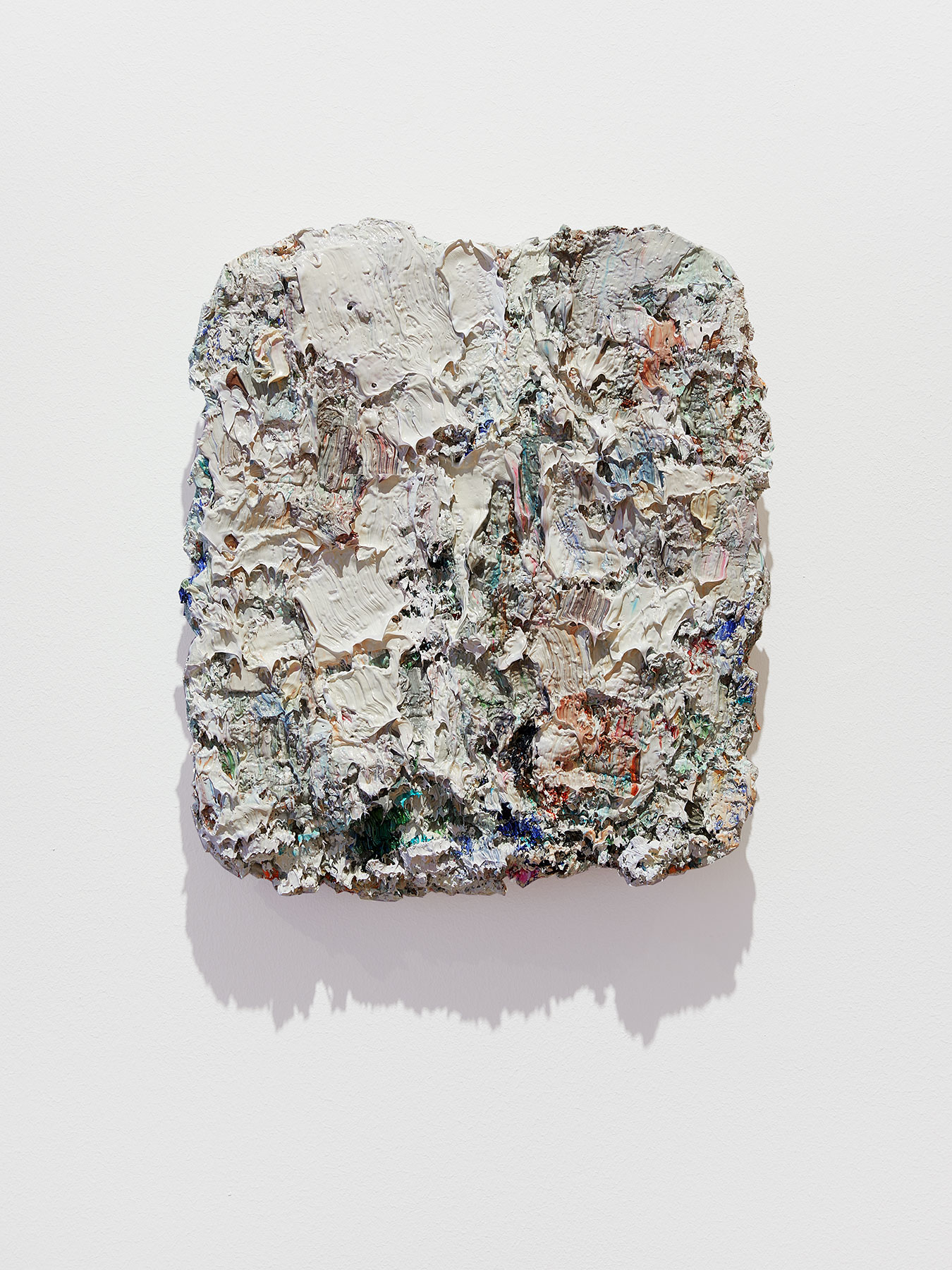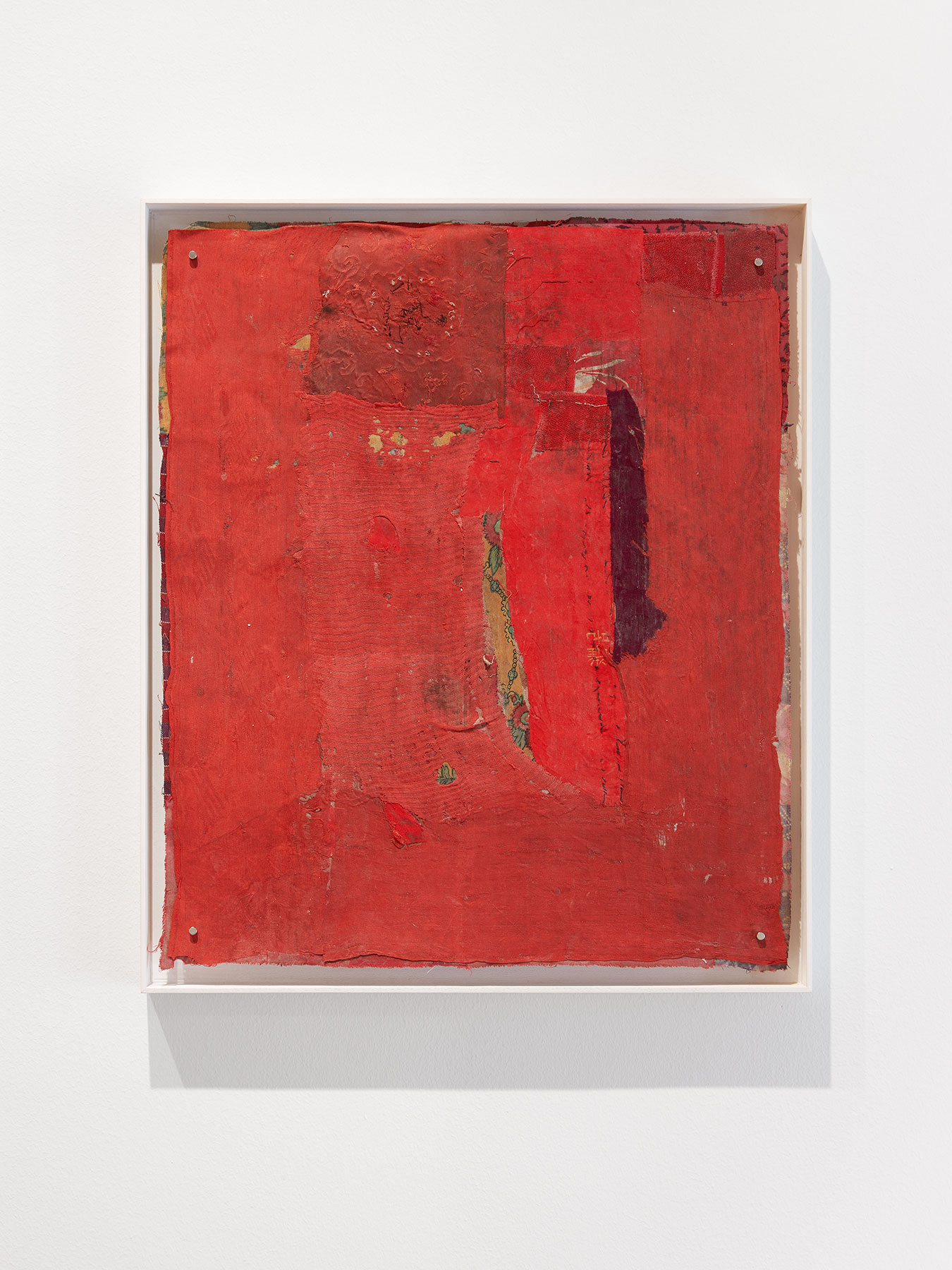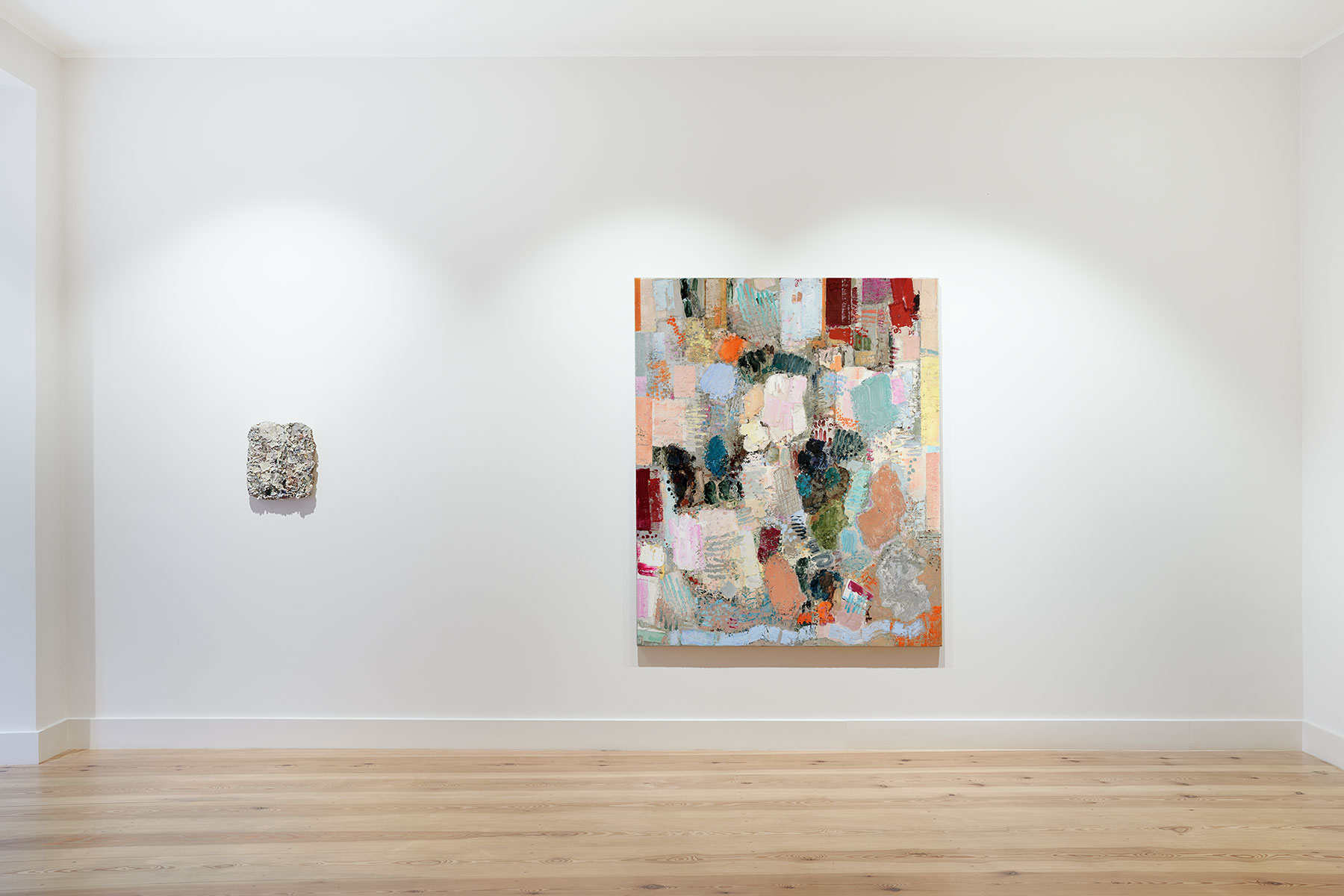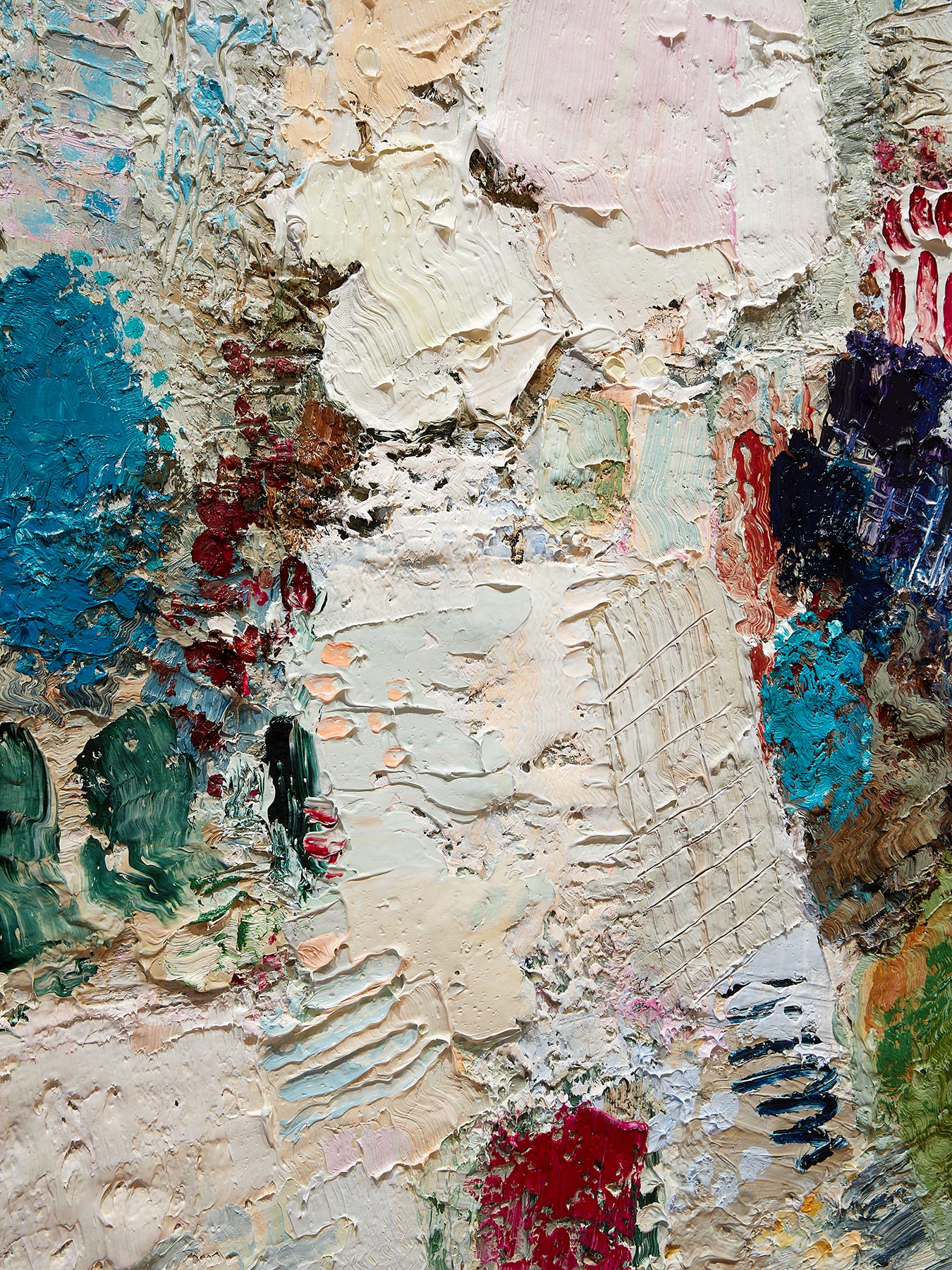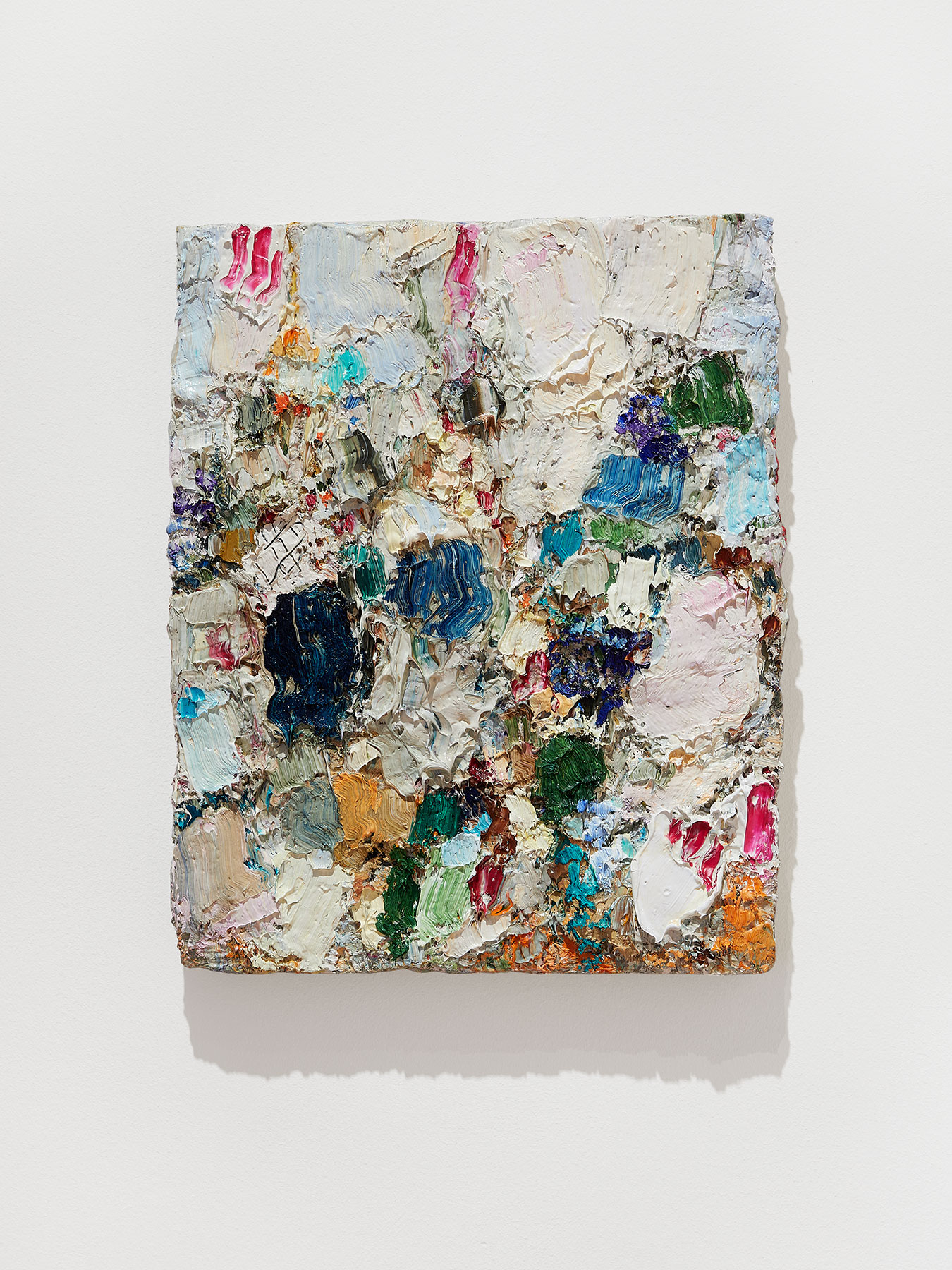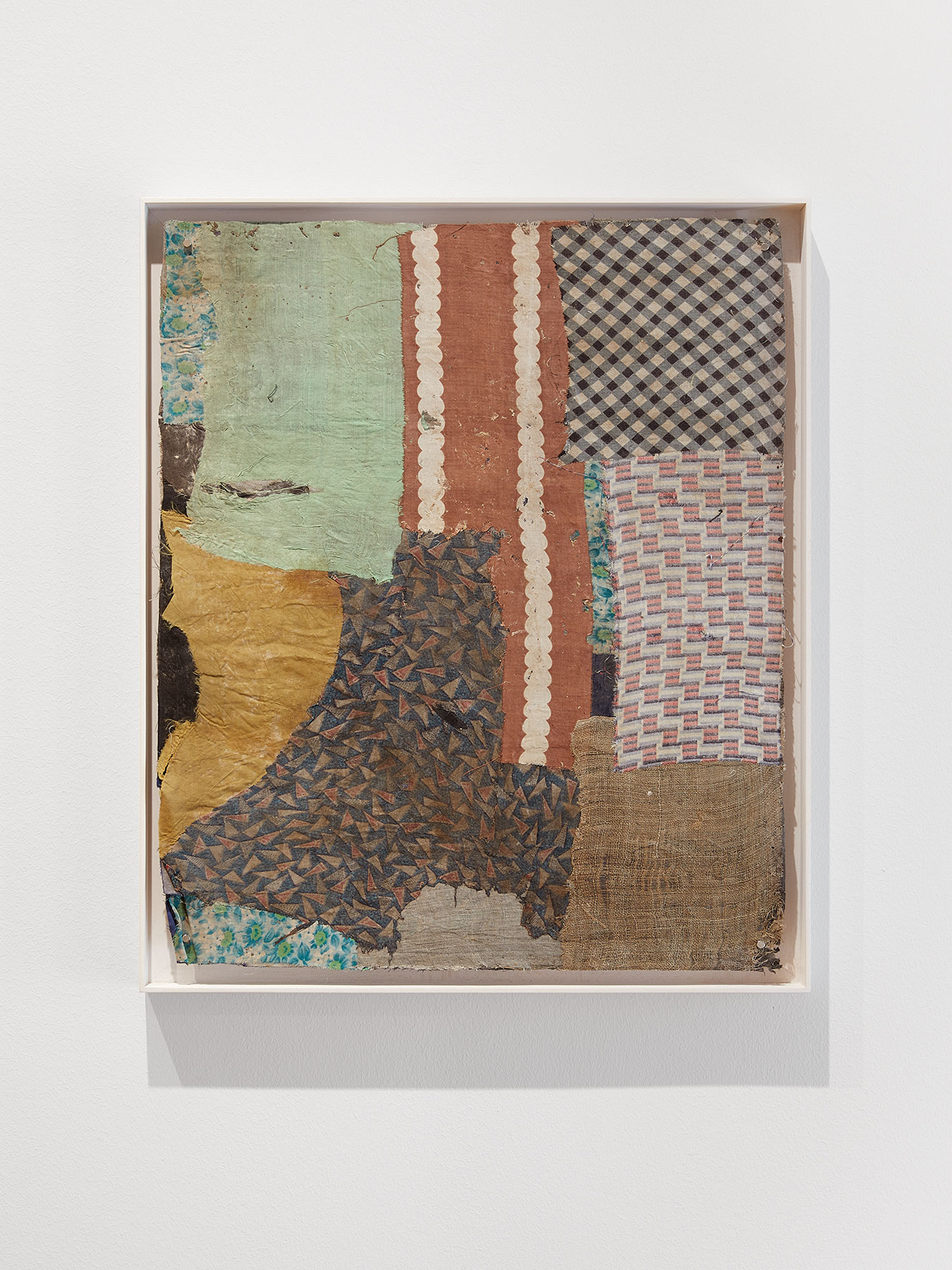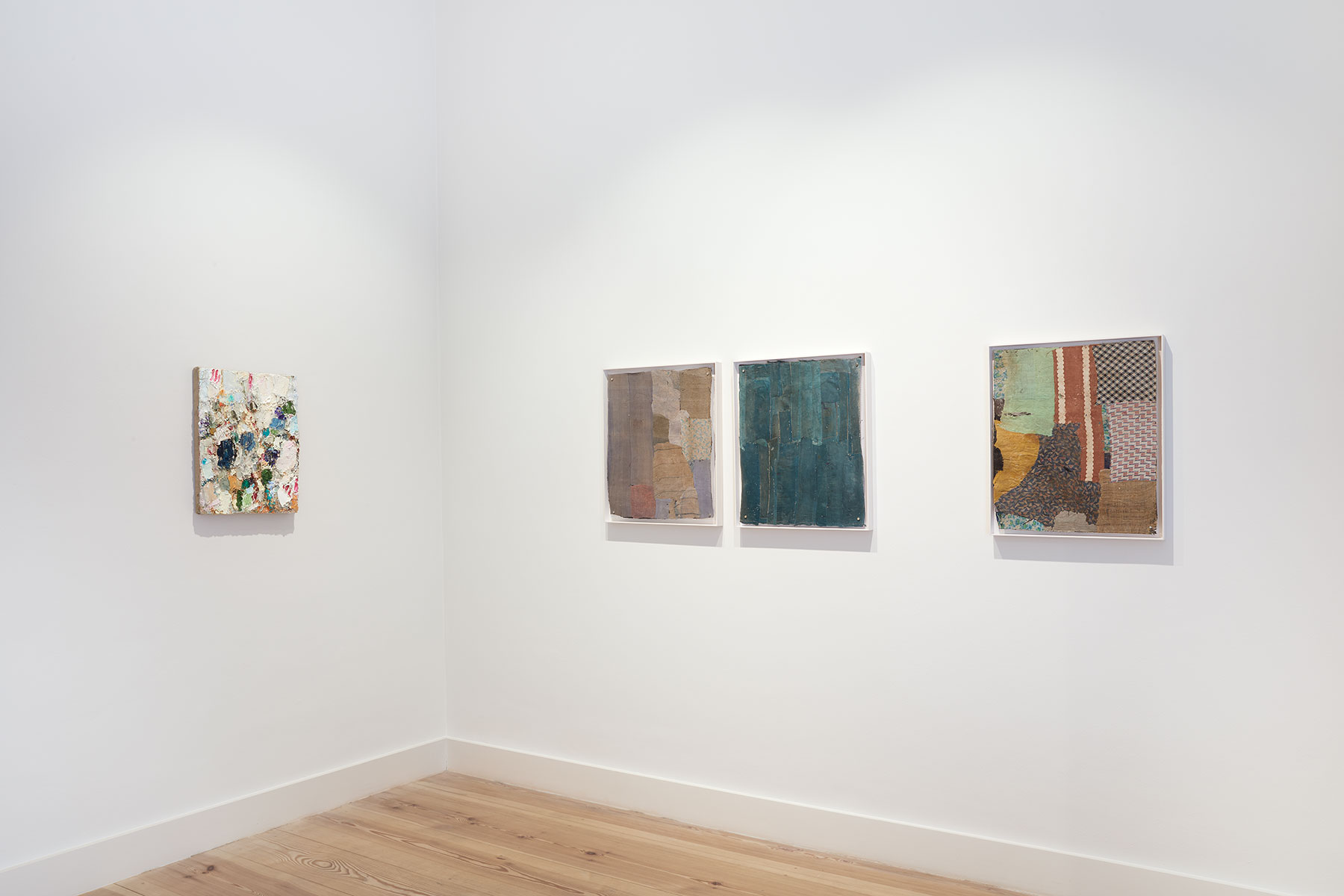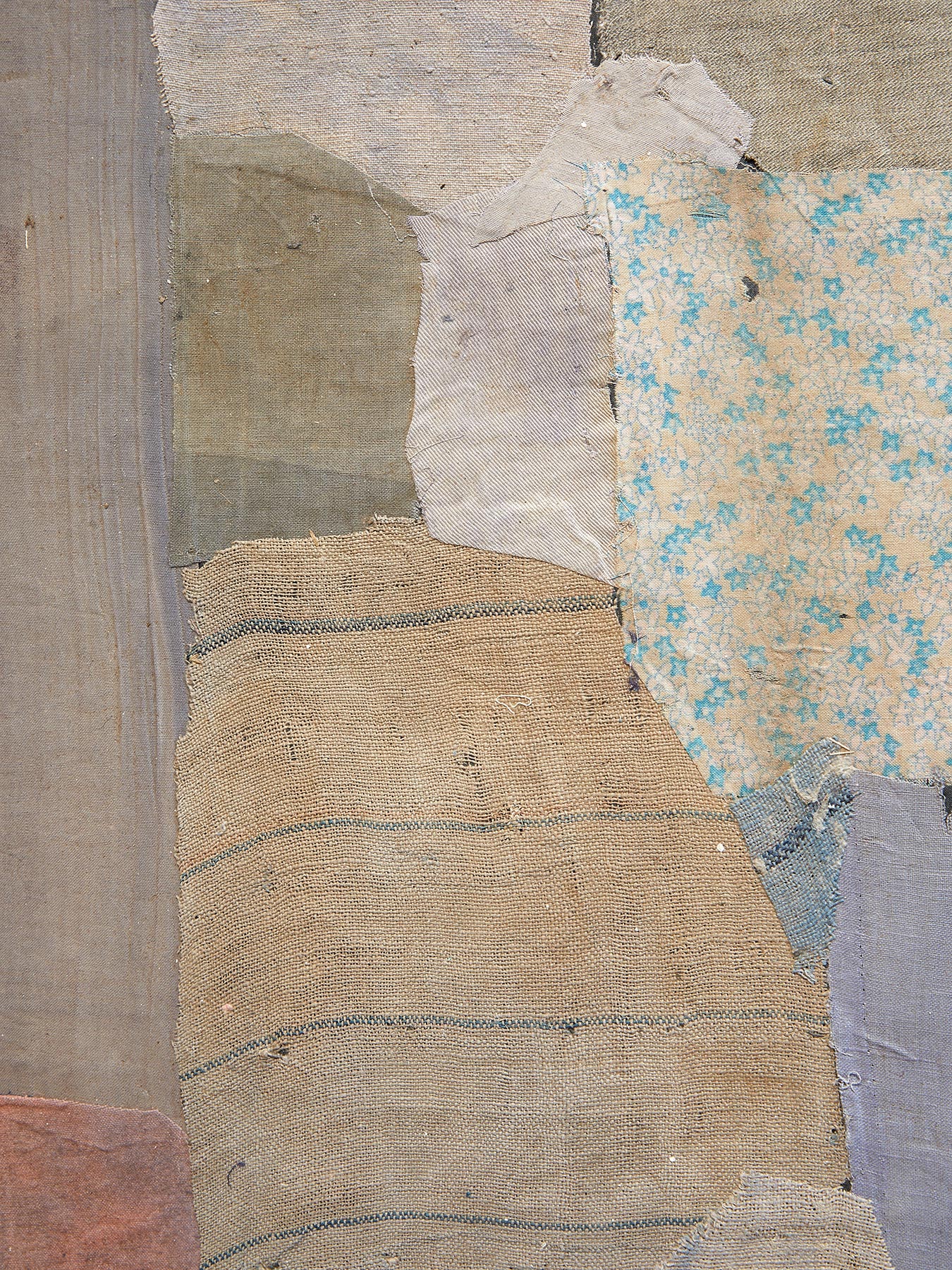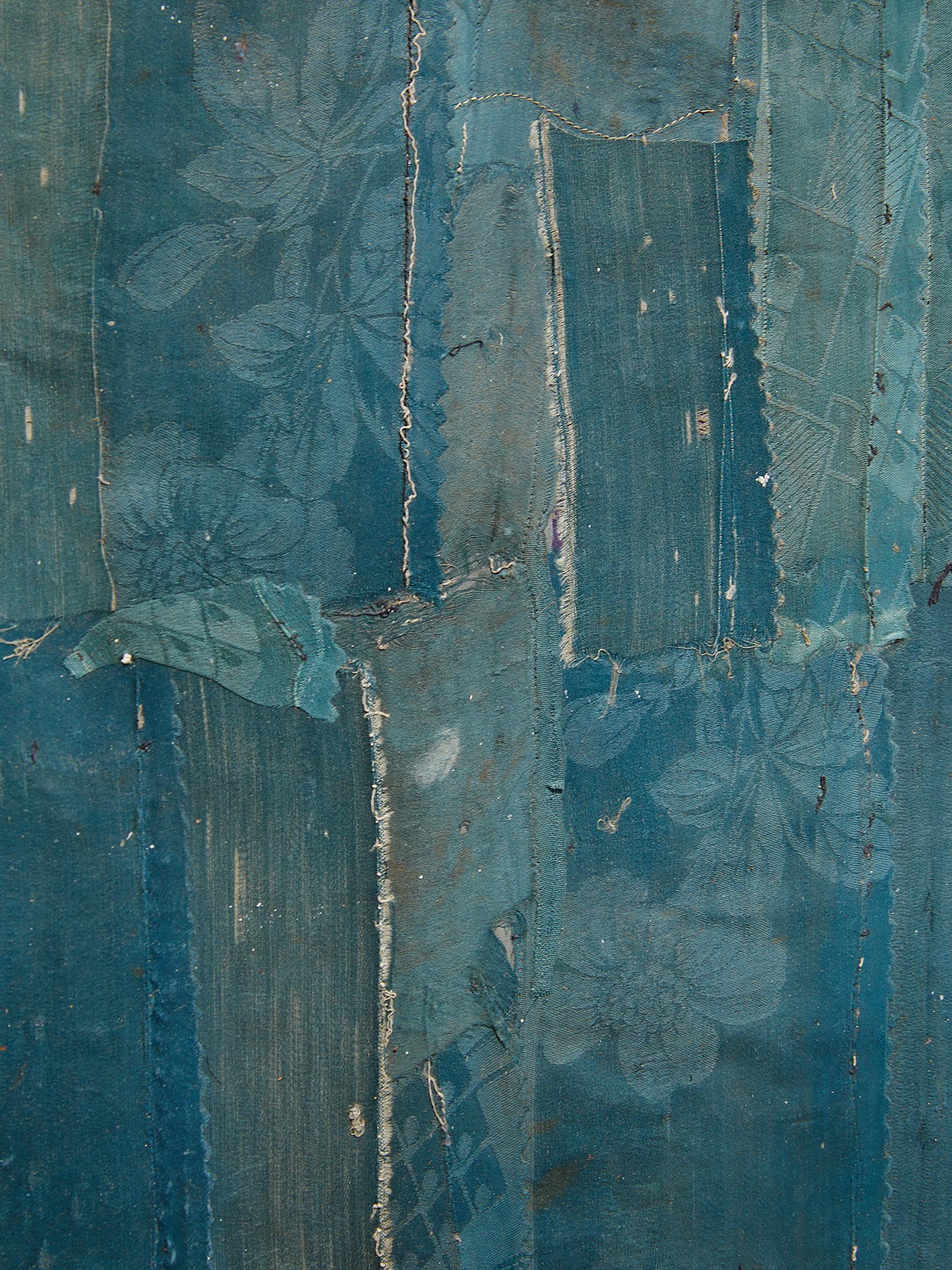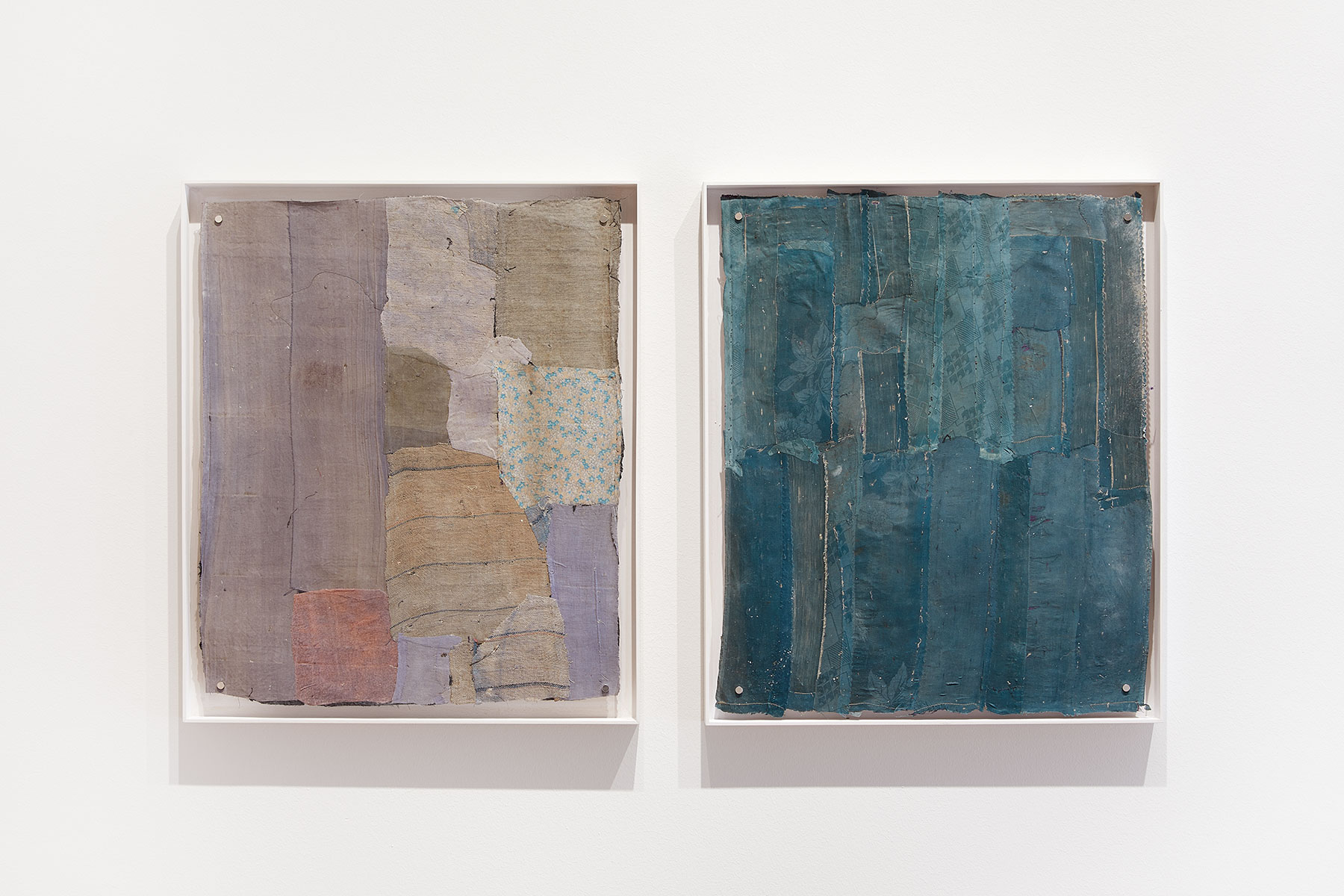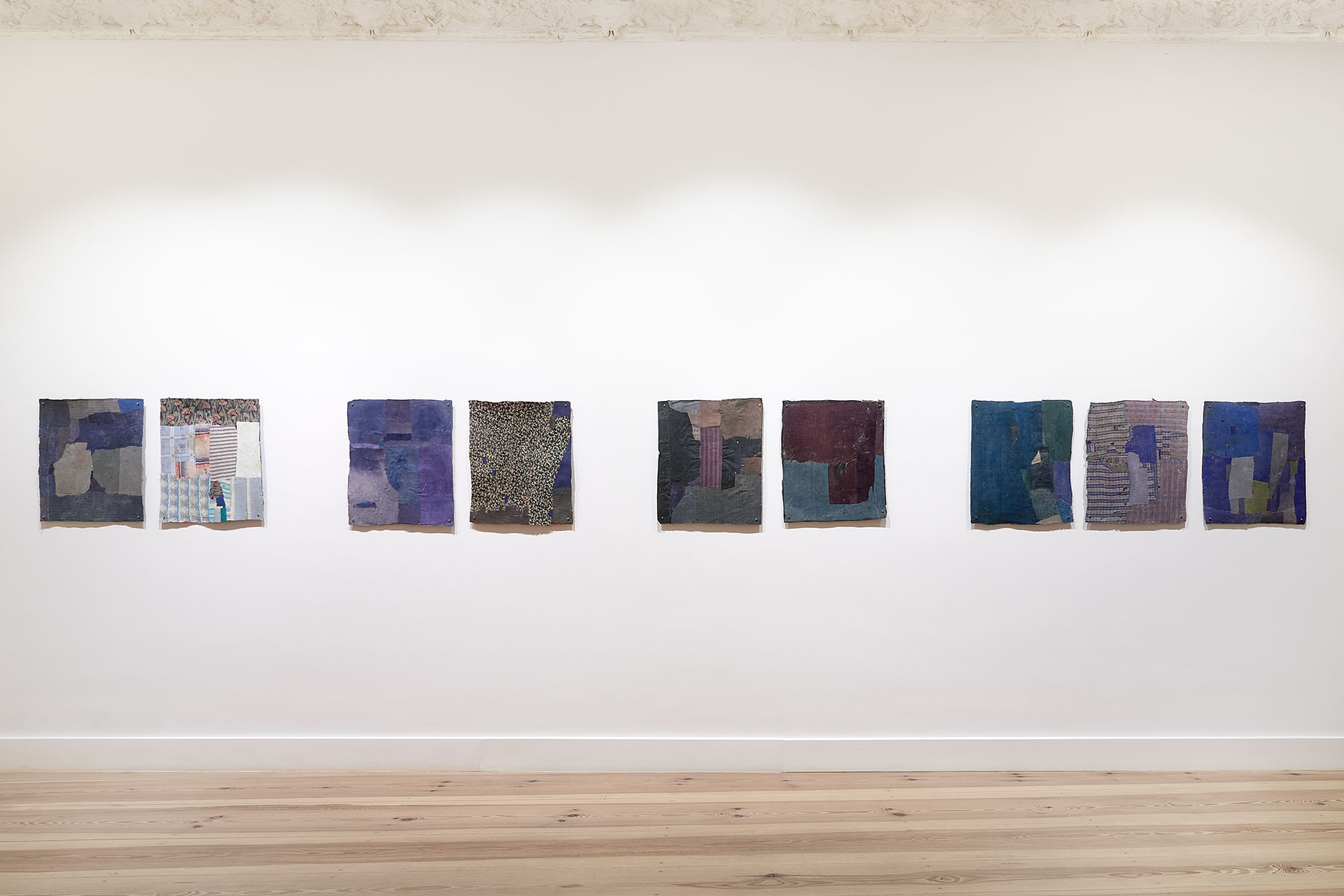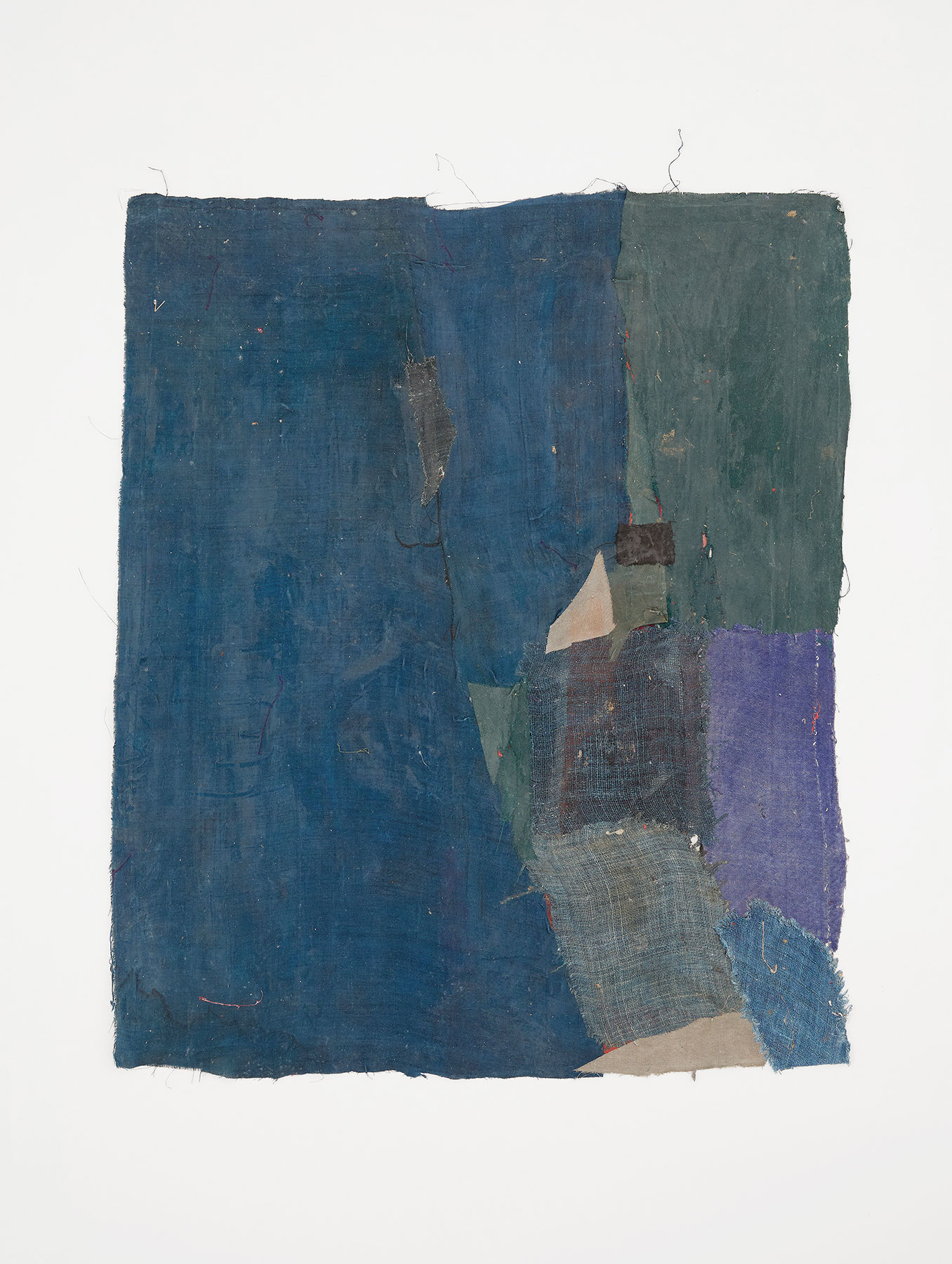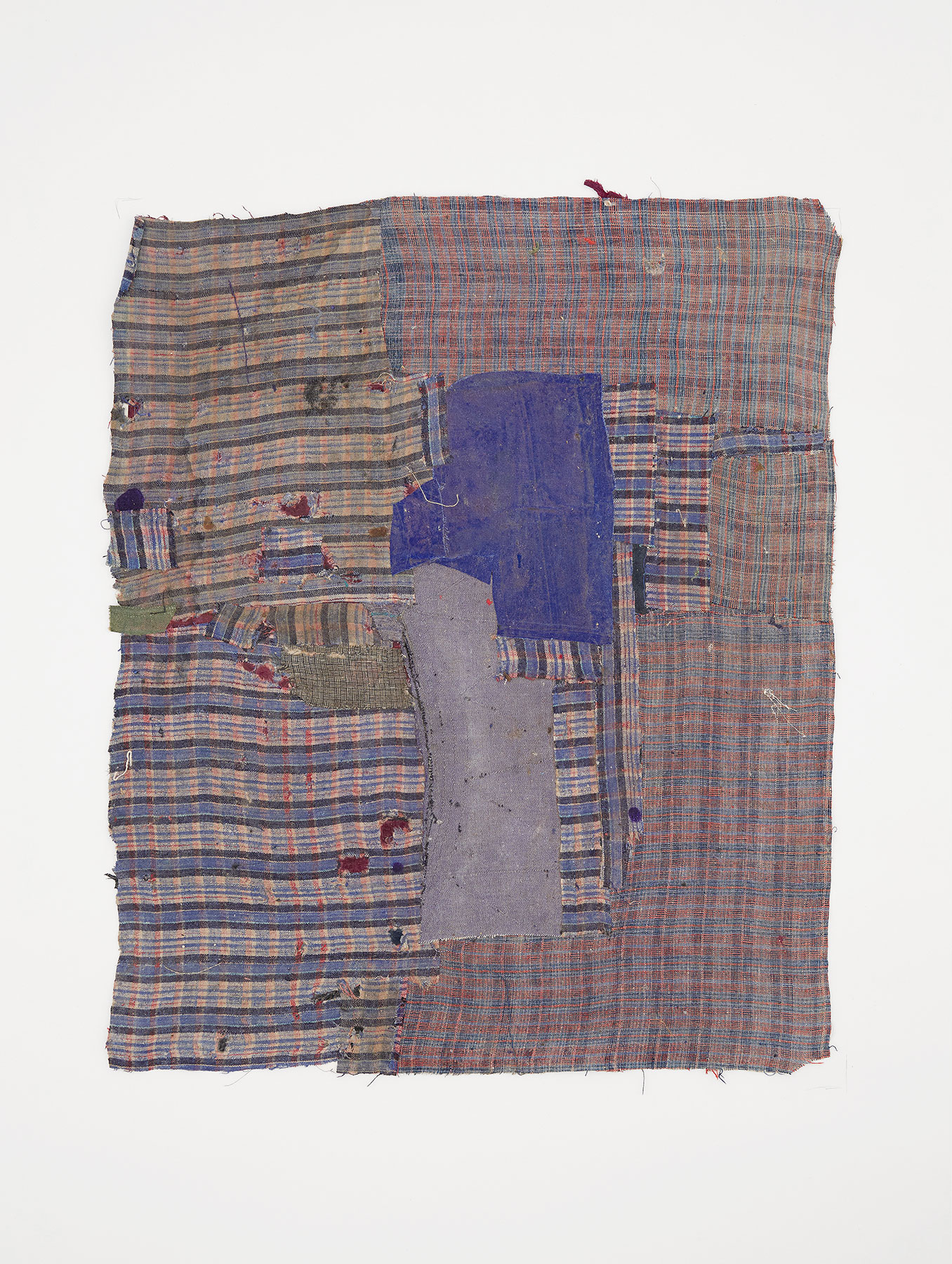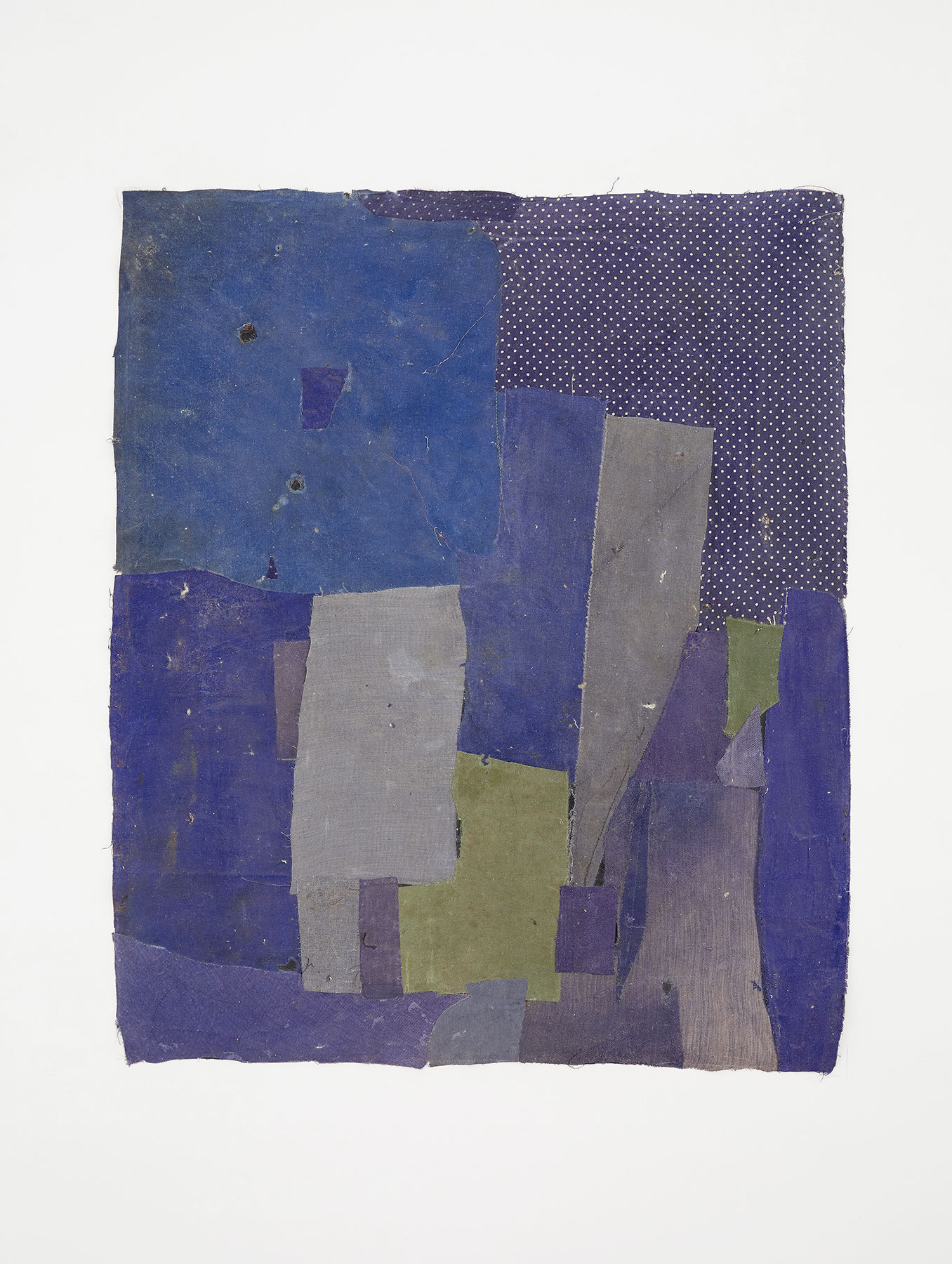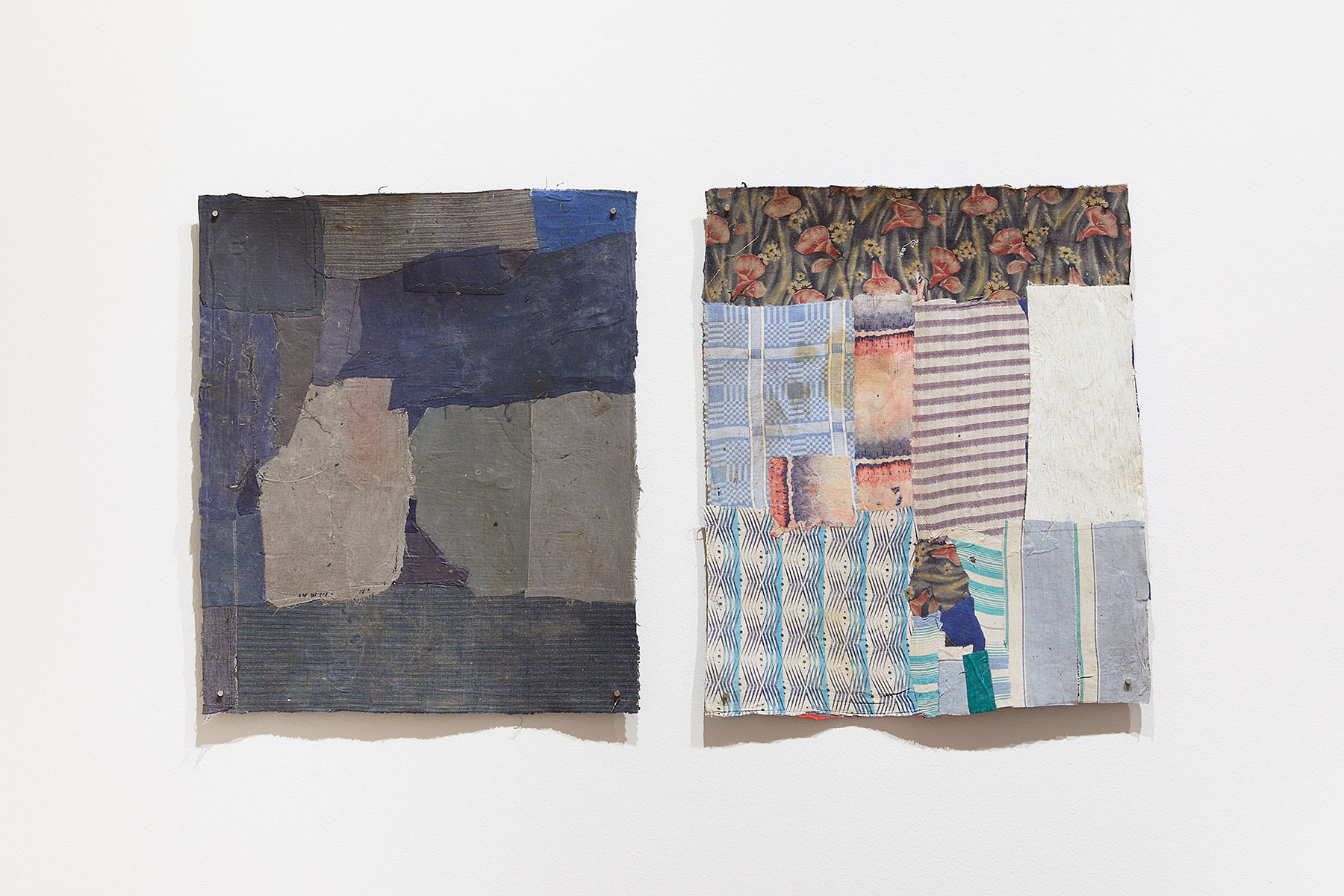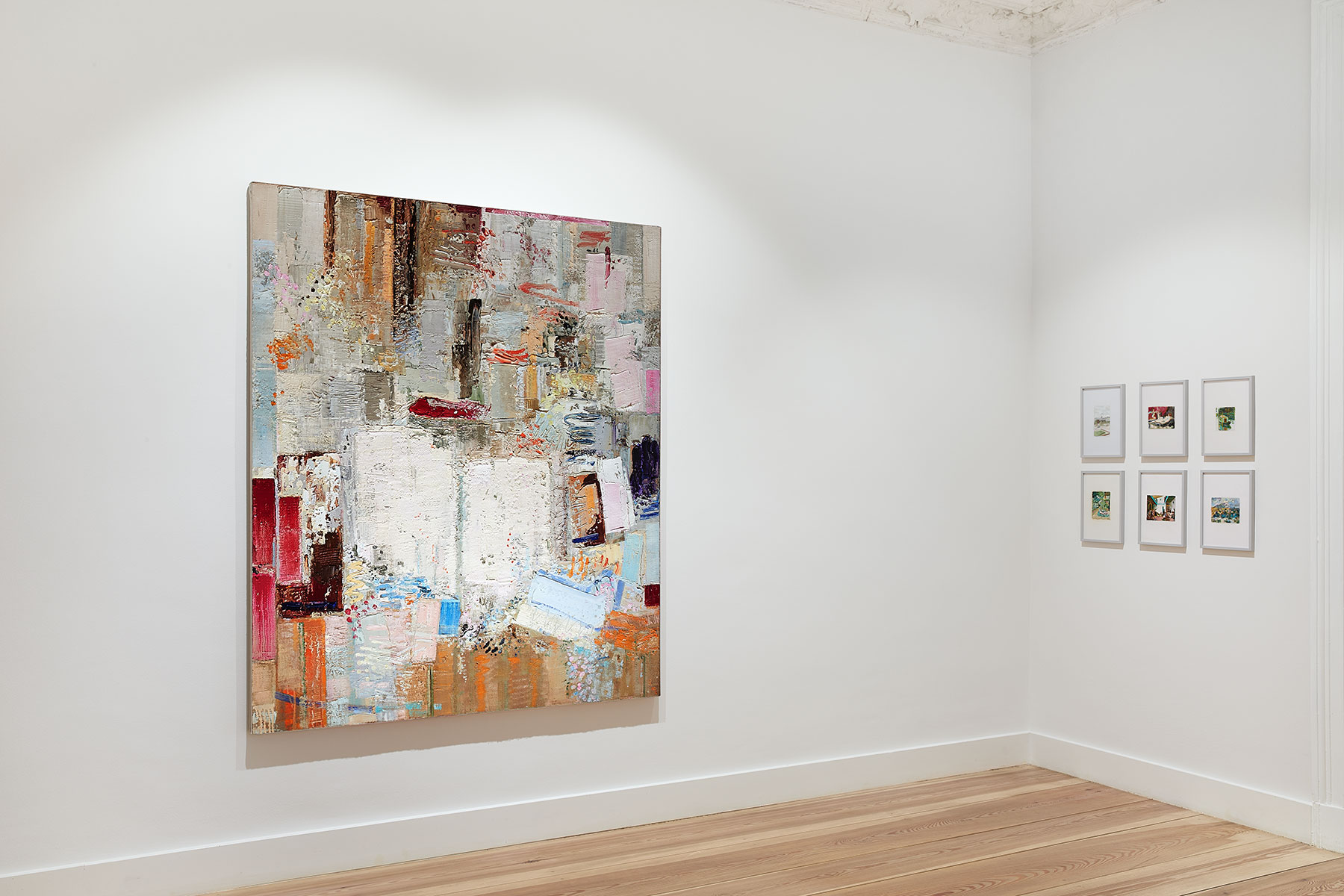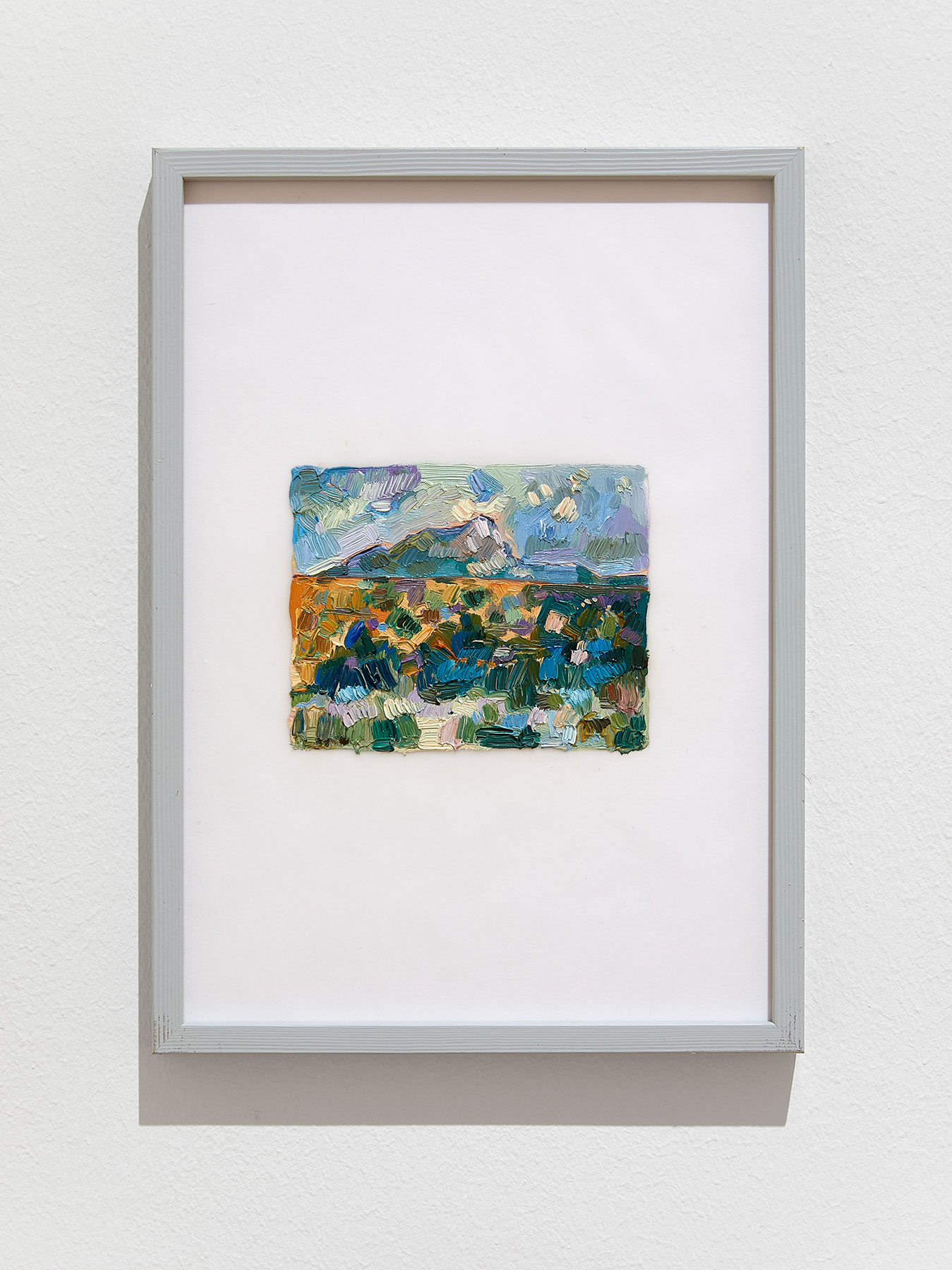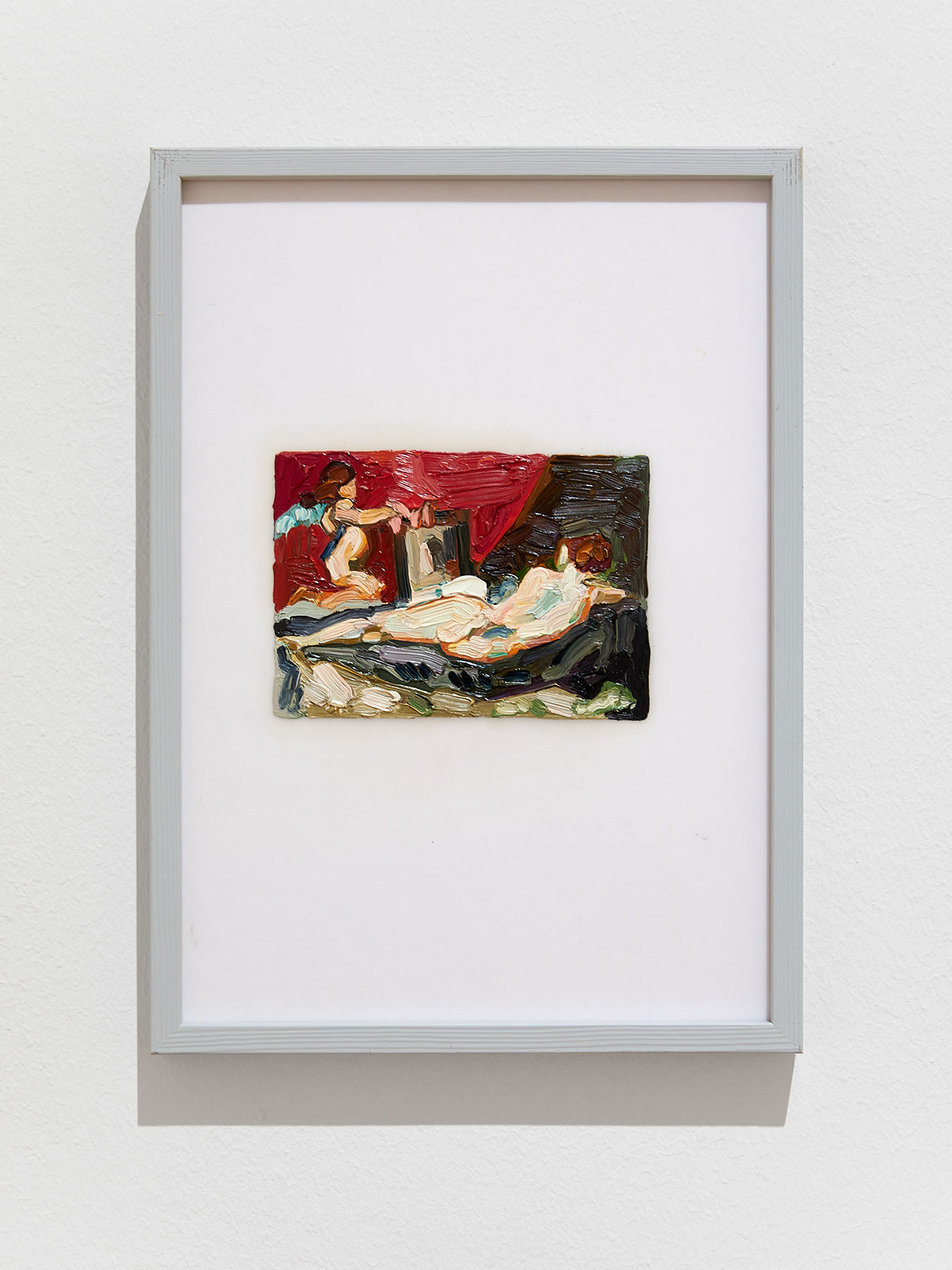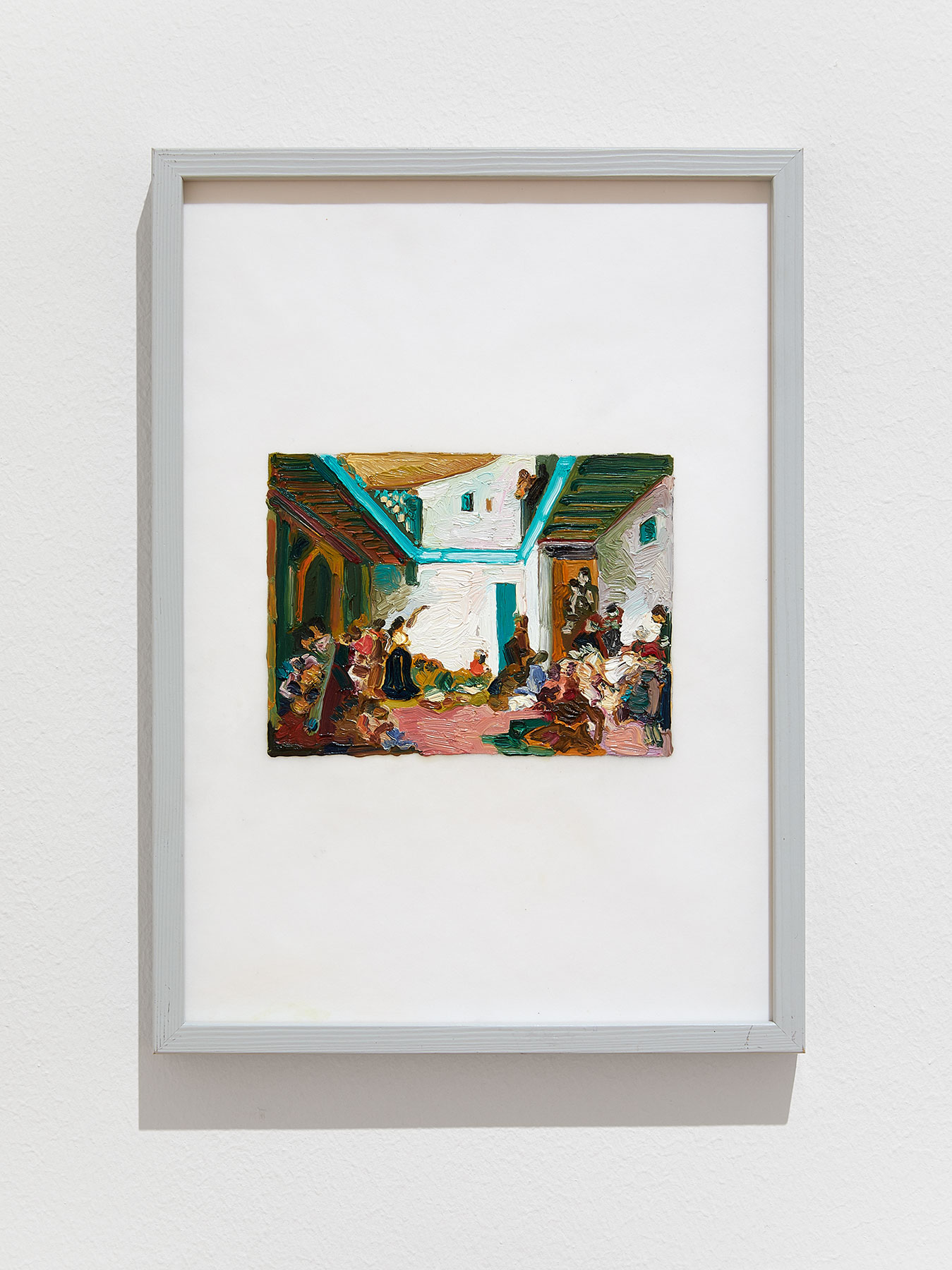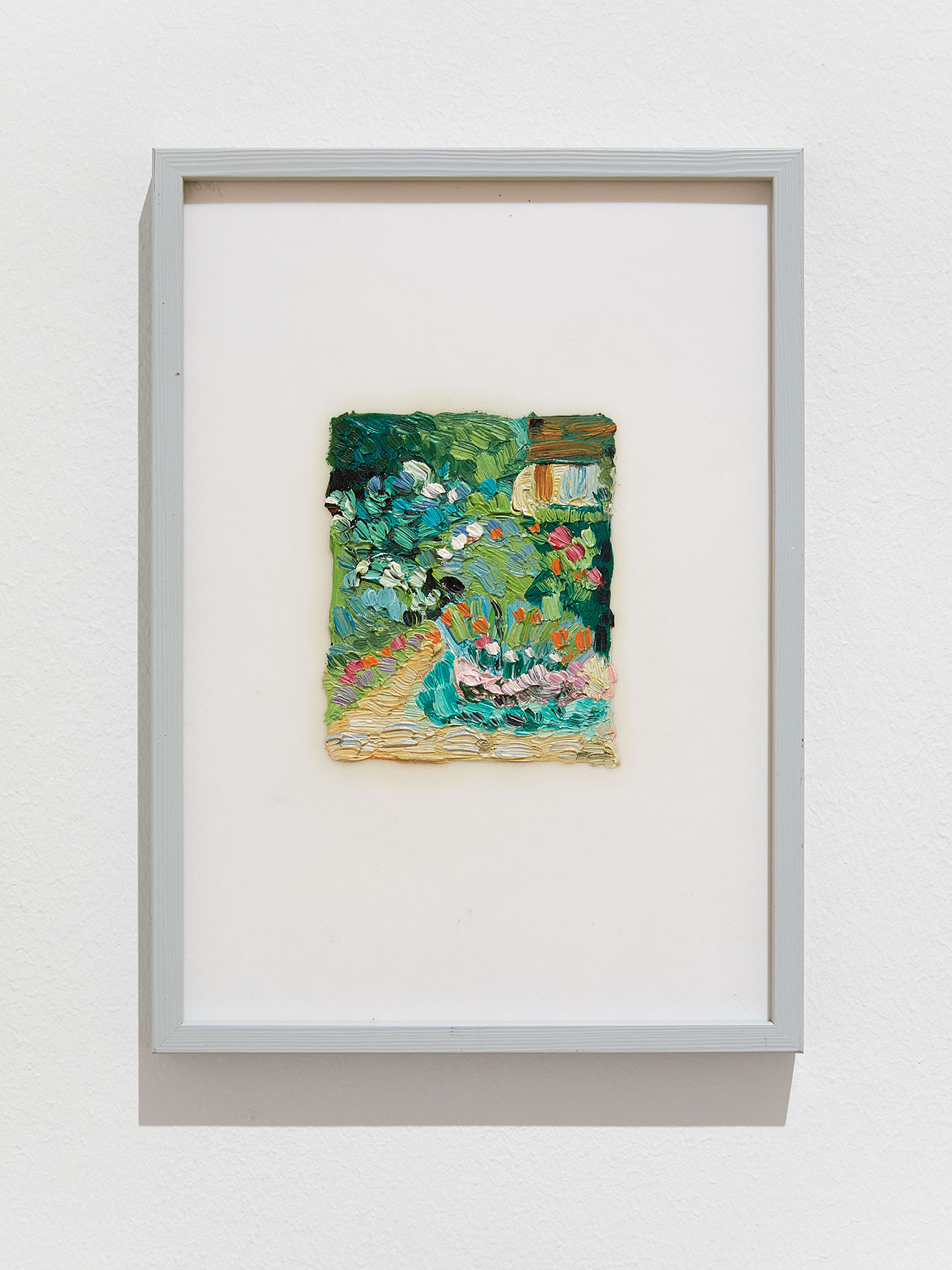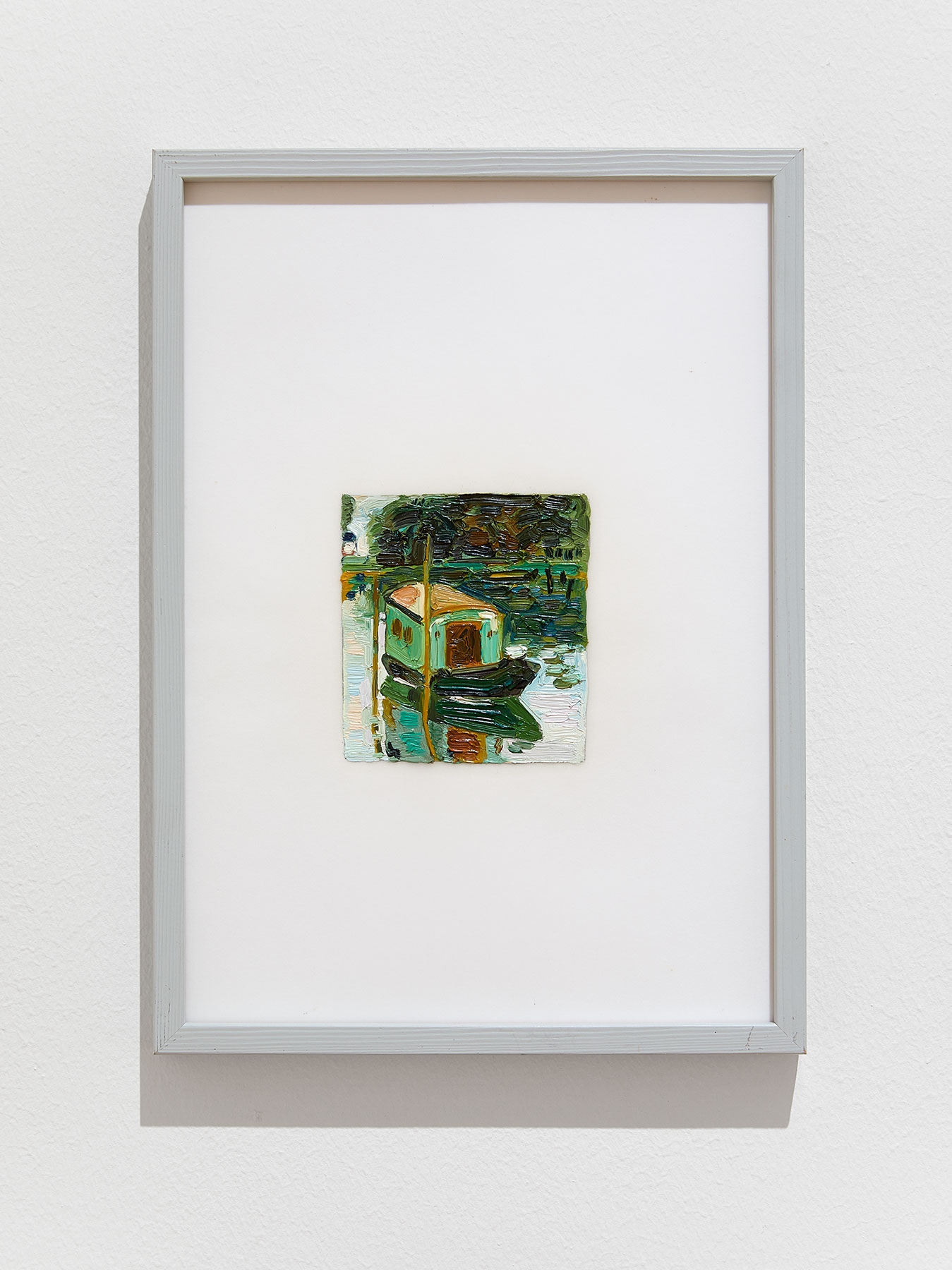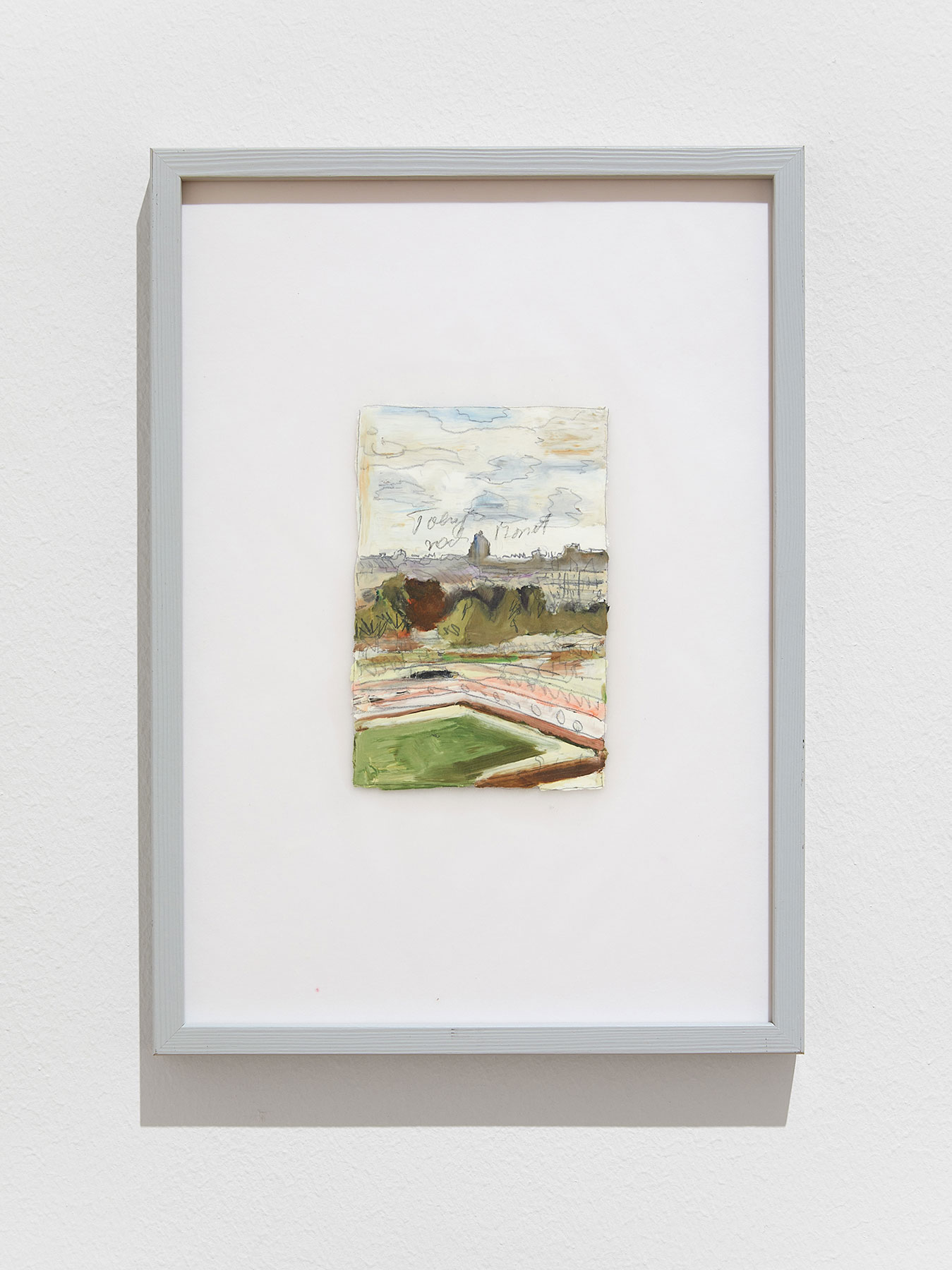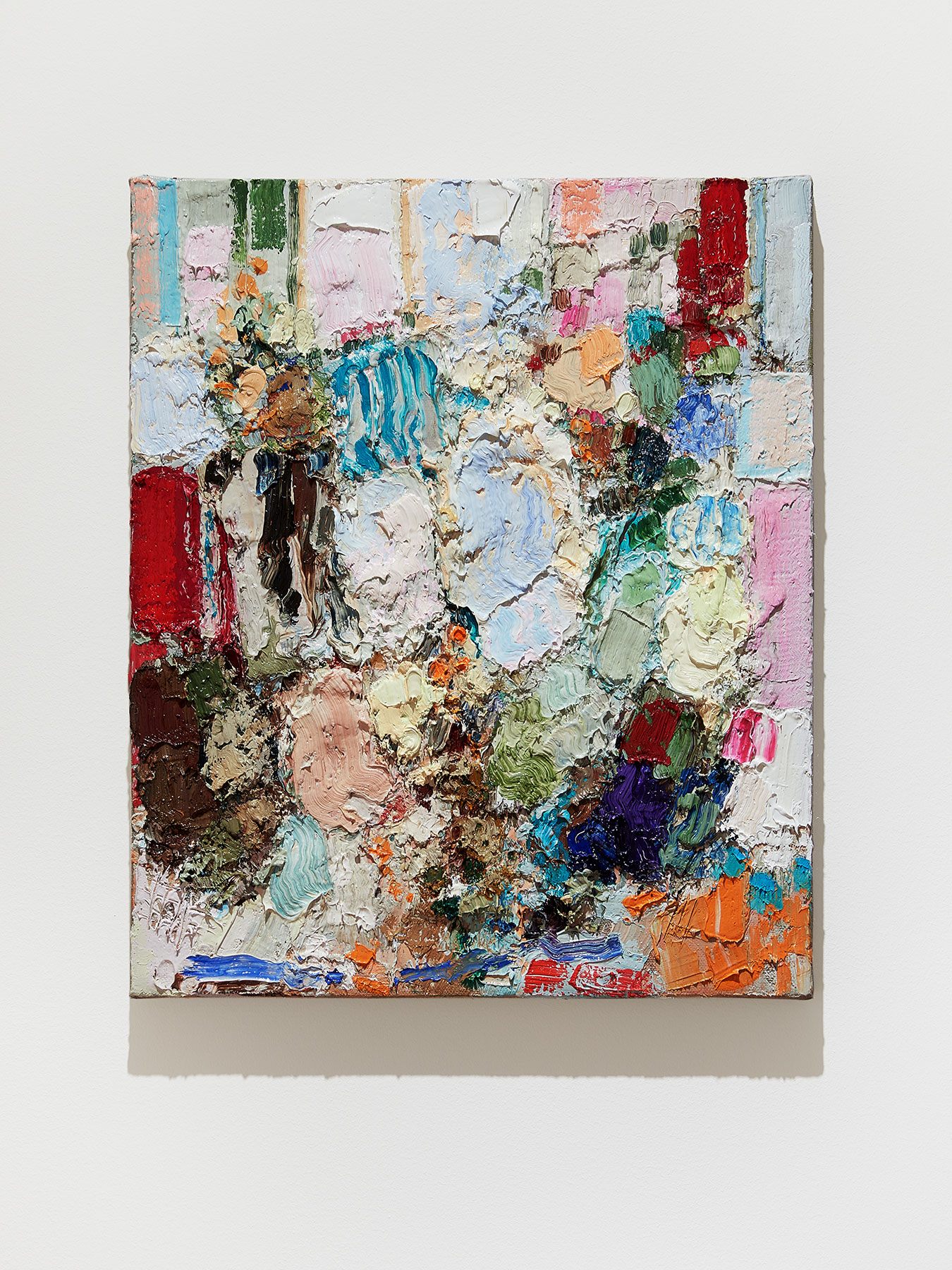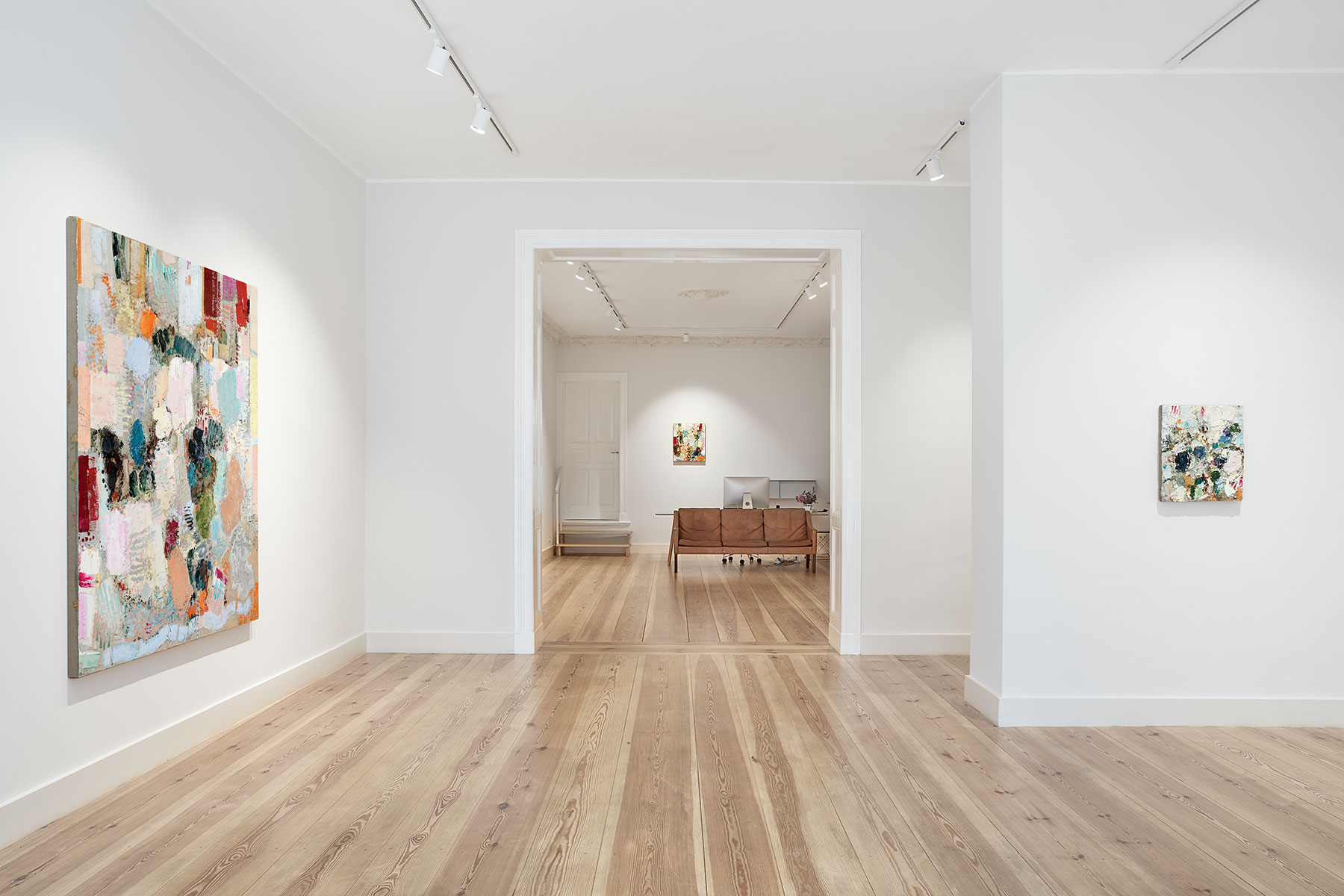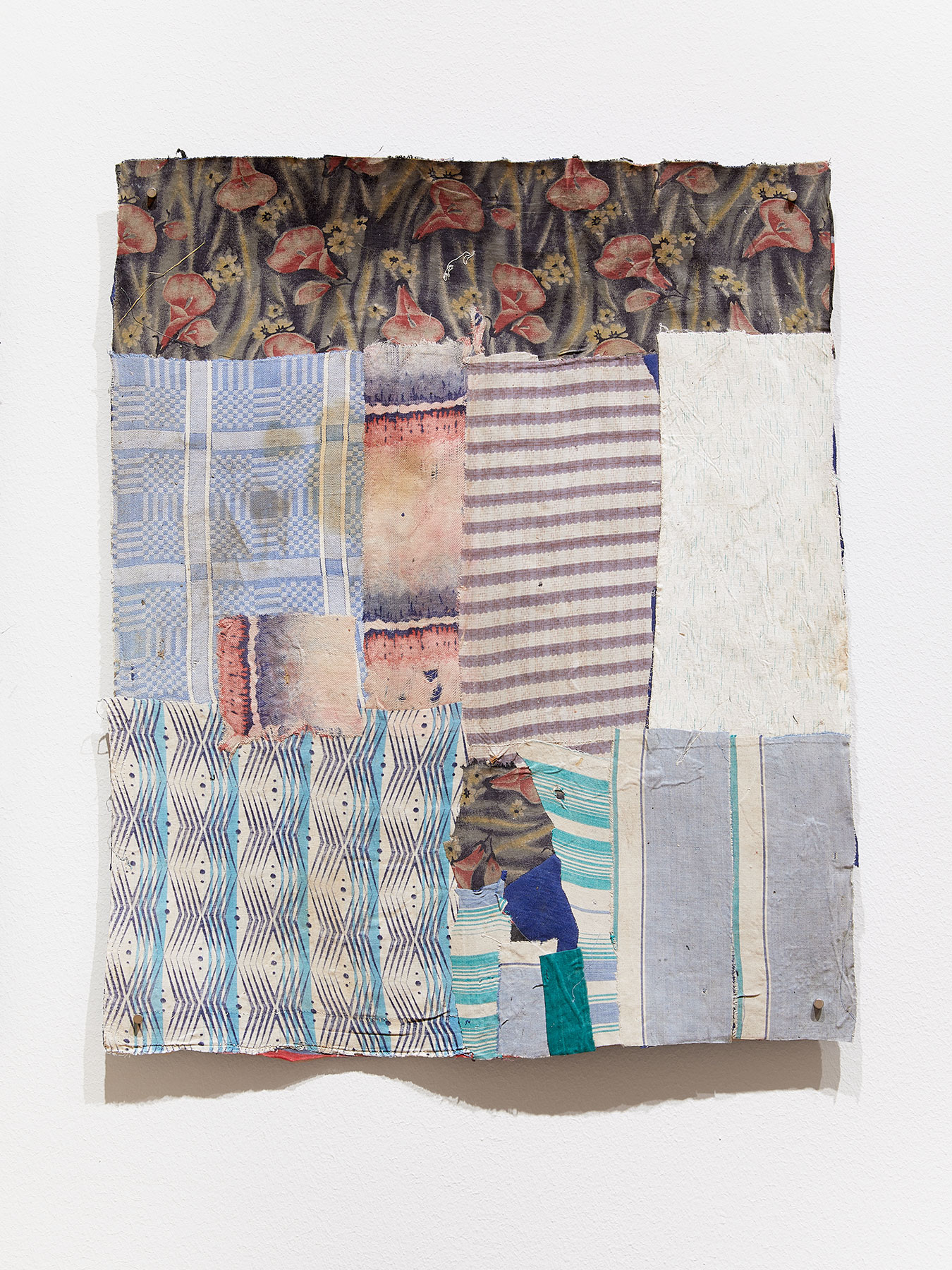
Assemblage
Der Name Ge Ba bezeichnet eine Komposition aus Stoffstücken. Dabei handelt es sich um noch brauchbare Teile nicht mehr tragbarer Kleidung, wie Jacketkragen oder -taschen, Stücke zerschlissener seidener Mandarinroben, Blumenstoffe von Kinderkleidern, die zum Flicken verwendet wurden.
Die Textilarbeiterinnen, die diese Stoffe retteten, indem sie sie heraustrennten und sammelten, verwendeten die Stücke jedoch nicht ausschließlich zum Flicken. Sie schufen aus den Stoffresten freie abstrakte Kompositionen, die den zur gleichen Zeit entstehenden Werken der westlichen Avantgarde gleichkommen. Anders als die damals im Westen vorherrschende Auffassung, dass Kunst das Werk eines Einzelnen ist, entstehen Ge Ba, auch wenn sie von jeweils einer Frau gestaltet wurden, als kollektive Arbeiten.
Wir zeigen Ge Ba aus den 1950er Jahren. Es sind einzigartige Dokumente, von denen es nur wenige Exemplare gibt. Der französische Kunstsammler und Geschäftsmann Francois Dautresme (1925-2002), Begründer der Compagnie Française de l’Orient et de la Chine, erkannte die Besonderheit der Ge Ba-Werke und brachte sie in den 1960er Jahren nach Europa.
Die weibliche Kreativität hat schon immer Wege gefunden, sich zu entfalten. Nur fehlte es an entsprechender Anerkennung. Die von Frauen gewählten Materialien und Arbeitstechniken fanden im Kunstkanon keinen Platz. Erst allmählich setzen sie sich durch, die künstlerischen Ausdrucksmittel werden dadurch vielfach bereichert. Rosemarie Trockel strickte ihre Bilder, was einer Revolution gleichkam. Jetzt endlich werden bisher nicht gezeigte und gesehene Werke von Frauen öffentlich ausgestellt.
Ge Bas waren bereits 2003 im Centre Pompidou Paris in der Ausstellung „Alors la Chine?“ und 1995 in der Fondation Joan Miró Barcelona in „Art de Viure, Art de Sobreviure“ zu sehen. Galerie Albrecht zeigt sie zum ersten Mal in Deutschland.
Der Künstler Michael Toenges geht in seiner Arbeit der Frage nach, was Farbe im Grunde ist. Auch wenn sie es ermöglicht, Immaterielles zu erzeugen – Ideen, Gefühle, Drama und Stille auszudrücken – ist sie doch in erster Linie Material. Seine Bilder sind Farb-Assemblagen, die von ihm auf vielfältige Weise erzeugten Farbflächen, die sich zusammenfügen und übereinanderschichten, haben einen pastosen, stofflichen Charakter. Auch bei ihm gibt es Muster und Monochromie, so als hielte er Stücke von Farbflächen in der Hand und füge sie in die Fläche ein. Frei und losgelöst von allem Abbildenden folgt er seinem Auge und der Psychologie der Farben.
Farben sind Träger des Lichts, im Zusammenklang beginnen sie zu leuchten. Ihr Zum-Leuchten-Bringen ist Michael Toenges große Kunst. Jede Farbe hat Auswirkungen auf ihre Umgebung, setzt Gewichte, bestimmt den Charakter des Bilds, der sich mit jedem Pinselstrich ändern kann. Einem Dompteur gleich hat Toenges alles im Auge, muss für Ruhe sorgen, wo es unruhig wird und auch wiederum für Dynamik. Obwohl pastos gemalt, wirken seine Bilder transparent und leicht. Wir zeigen von ihm Arbeiten aus diesem Jahr.
Michael Toenges (*1952, Pfaffenhofen/Ilm, Germany) lebt und arbeitet in Köln. Seine Malereien werden in Deutschland, Japan, in der Schweiz und den USA ausgestellt, in diesem Jahr im Museum PEAC, Freiburg. Sie befinden sich in privaten und öffentlichen Sammlungen, u.a. dem Museum Wiesbaden und dem Kolumba Museum Köln.
Assemblage
The name Ge Ba refers to a composition of pieces of textiles. These are still usable parts of clothing that can’t be worn anymore, such as jacket collars or pockets, pieces of tattered silk mandarin robes, textiles with flower prints from children’s dresses, that were traditionally used for patching.
The textile workers who saved these textiles by cutting them out, and then collecting them, used the pieces not just for patching, but also to create free abstract compositions that are similar to the work of the Western avant-garde created at the same time. In contrast to the prevalent view in the West that art is the work of an individual, Ge Ba are collective works, even when they were designed by just one woman.
We are showing Ge Ba from the 1950s. They are unique documents, as only very few of them still survive. The French collector and businessman Francois Dautresme (1925-2002), founder of the Compagnie Française de l’Orient et de la Chine, recognized how special the Ge Ba works are, and brought them to Europe in the 1960s.
Female creativity has always found ways of expressing itself. What was lacking was recognition. The materials and techniques chosen by women were not given any space in the artistic canon. They established themselves only slowly, and the means of artistic expression in general were thus expanded and enriched. Rosemarie Trockel knitted her paintings, which was revolutionary. Now, finally, hitherto unseen and unexhibited works by women are publicly shown.
Ge Ba were exhibited in 2003 at the Centre Pompidou Paris in the exhibition Alors la Chine?, and in 1995 at Fondation Joan Miró Barcelona in Art de Viure, Art de Sobreviure. Galerie Albrecht is showing them for the first time in Germany.
In his work, the artist Michael Toenges pursues the question of what colour and paint are. Even if paint is capable of generating immaterial things – of expressing ideas, emotions, drama, and silence – it is first and foremost material. His paintings are colour assemblages; the colour fields, created in numerous different ways, that come together and are layered on top of one another, have a pastose, material character. In his works, too, there are patterns and monochrome fields, as if he held pieces of colour fields in his hands and inserted them into the plane of the painting. Free and disassociated from anything figurative, he follows his eye and the psychology of the colours.
Paints are bearers of light, and in harmony, they start to shine. Michael Toenges’ great art is to make paints and thus colours shine. Every colour has an effect on its environment, places emphases, determines the character of the painting, which can change with every brushstroke. Like an animal tamer, Toenges keeps an eye on everything; he must introduce calm where things get turbulent, and sometimes he has to introduce dynamism. Even though painted in a pastose manner, his paintings seem transparent and light. We are showing a selection of very recent works by him, from this year.
Michael Toenges (born in 1952 in Pfaffenhofen/Ilm, Germany) lives and works in Cologne. His paintings have been exhibited in Germany, Japan, Switzerland and the United States; this year he will show works at the PEAC Museum, Freiburg. His paintings are in private as well as public collections, including Museum Wiesbaden and Kolumba Museum Cologne.
Paints are bearers of light, and in harmony, they start to shine. Michael Toenges’ great art is to make paints and thus colours shine. Every colour has an effect on its environment, places emphases, determines the character of the painting, which can change with every brushstroke. Like an animal tamer, Toenges keeps an eye on everything; he must introduce calm where things get turbulent, and sometimes he has to introduce dynamism. Even though painted in a pastose manner, his paintings seem transparent and light. We are showing a selection of very recent works by him, from this year.
Michael Toenges (born in 1952 in Pfaffenhofen/Ilm, Germany) lives and works in Cologne. His paintings have been exhibited in Germany, Japan, Switzerland and the United States; this year he will show works at the PEAC Museum, Freiburg. His paintings are in private as well as public collections, including Museum Wiesbaden and Kolumba Museum Cologne.
Installation views by Sandy Volz
